John and Mary Kormendy: Birding in Chile (January 2023)
These pictures are from 13 days of birding in Chile, starting in the vicinity of Santiago and then continuing at the first 3 stops of a Seabourn cruise around South America and Antarctica eventually ending up in Miami, FL. I hope to update this web site during the cruise. But realistically, I will process most pictures only after we return to the USA. So this web site will not be finished before summer 2023.
Pictures are copyrighted and should not be used without permission.
Chile birding began with 9 days before the start of the Seabourn cruise. Most of it consisted of day trips from Santiago. We also spent 2 days in the vicinity of Vilches, south of Santiago. Guiding in Chile was arranged by Albatross Birding, we are grateful to Francisco Alegria Palacios for making the arrangements. We spent the most time with Cristian Pinto Fernandez guiding out of Santiago; he was the best guide that we have ever had in focusing on the new birds that we needed. At landings during the cruise: In Puerto Montt, our guide was Daniel Teran; in Castro, Chiloe Island, our guide was Tomás Tapia, and in Punta Arenas, our guide was Sebastián Saiter Villagrán. All were excellent, and we are very grateful. John got 57 new birds during the Chile part of the trip. Mary got 49. As emphasized above, we concentrated on new species and especially on difficult birds such as Chilean tinamou and the tapaculos. We immensely enjoyed birding in Chile.
A travelog of the South America cruise including bird and scenery pictures is posted here.
We left on this trip on January 17, 2023. You can expect to see updates occasionally during the trip.
Trip Birds
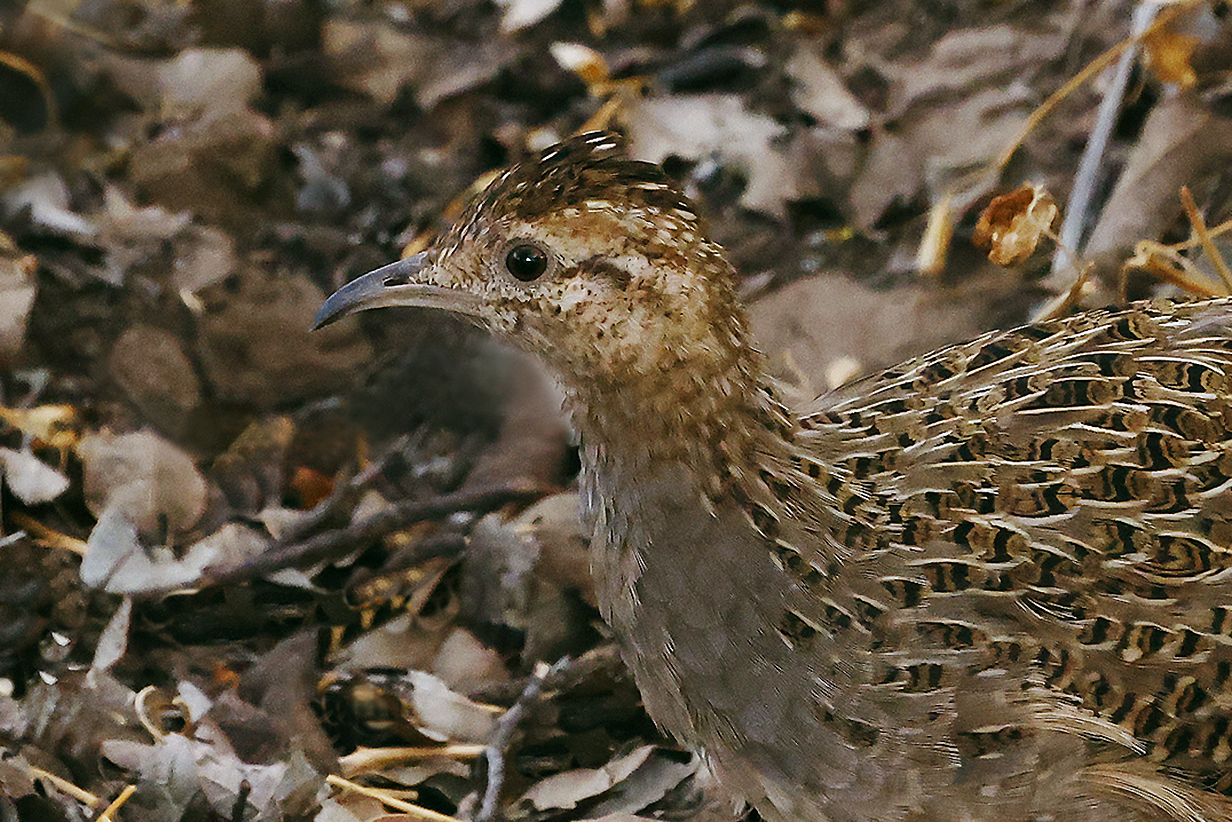
Our primary trip bird was unquestionably Chilean tinamou. We always love to see tinamou: they are very elusive, and in the Santiago area, after decades of drought, they are so hard to find that even the best guides say that they are practiclly impossible. But we had a truly extraordinary guide in Cristian Pinto, and he heard them in the hills north of the city. With a water drip set up the next morning -- our last in the area -- we managed to see at least two and probably 4 different birds. This was a spectacular end to 9 days of excellent birding in the greater Santiago area.
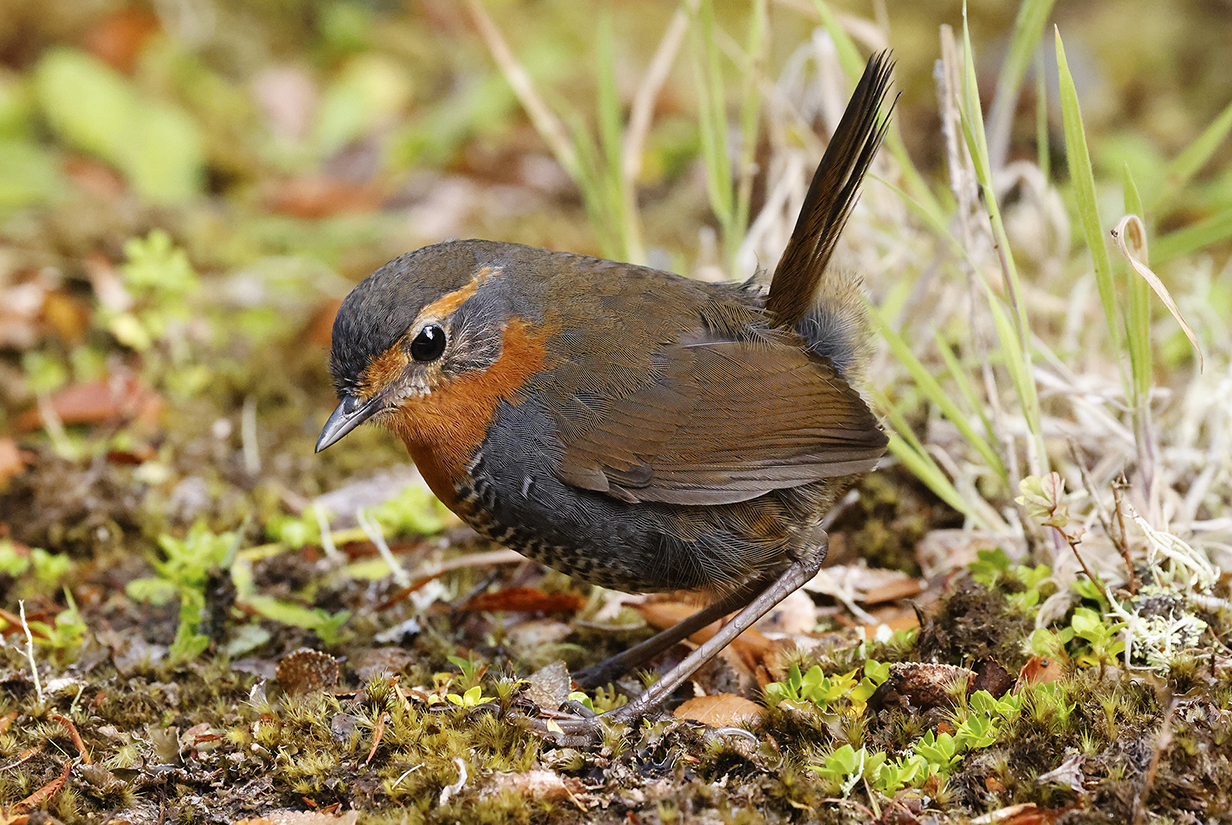
Chucao tapaculo was by far the most charismatic bird of the trip and our second trip bird. This bird came close enough to run around our feet, a charmingly intimate encounter. This was on 2023 January 30 at Parque Tepuhueio on Chiloe Island. We saw our life bird the day before, at Lahuen Nadi National Monument, near Puerto Montt. We also love to see tapaculo, in part because they usually are very difficult skulkers. Chucao tapaculo is a spectacular exception, noisy and inquisitive and -- at least here -- completely unafraid of us.
The Birds

Chilean tinamou
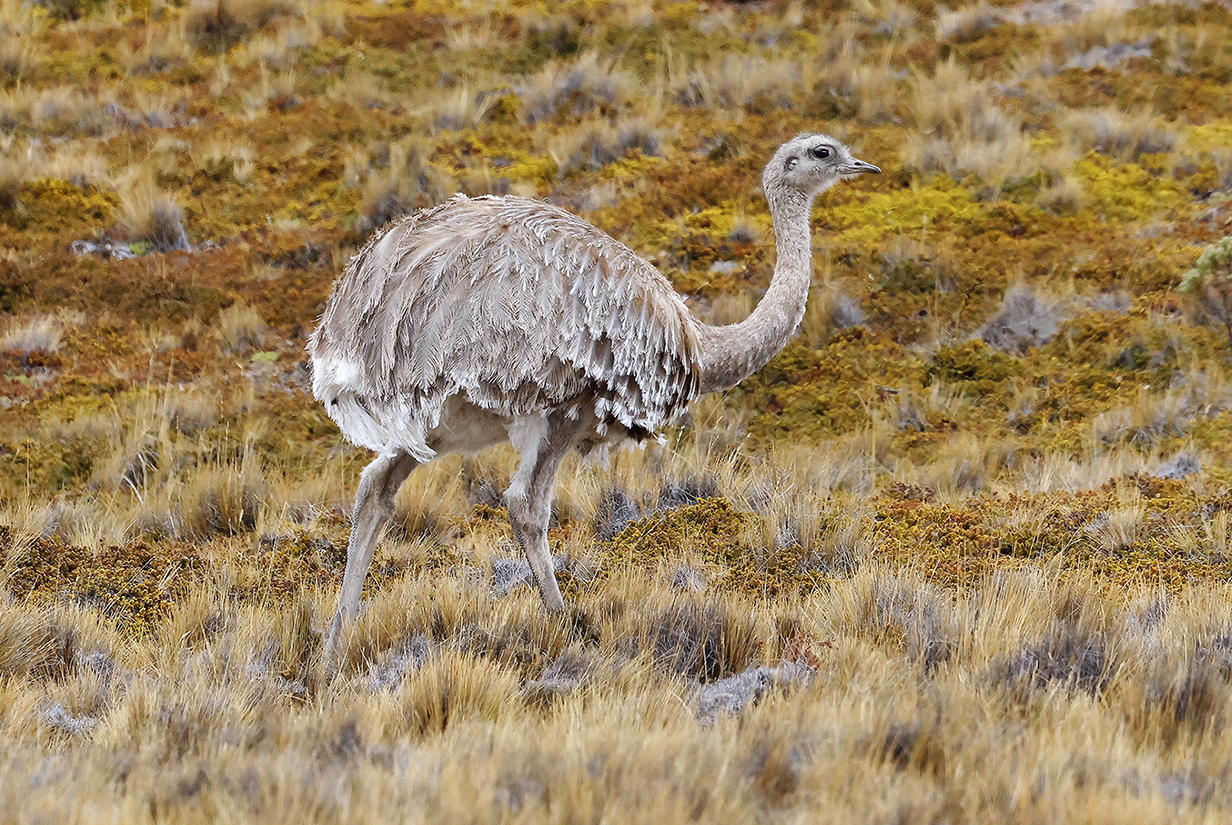
Lesser rhea (Patagonian steppe NE of Punta Arenas)
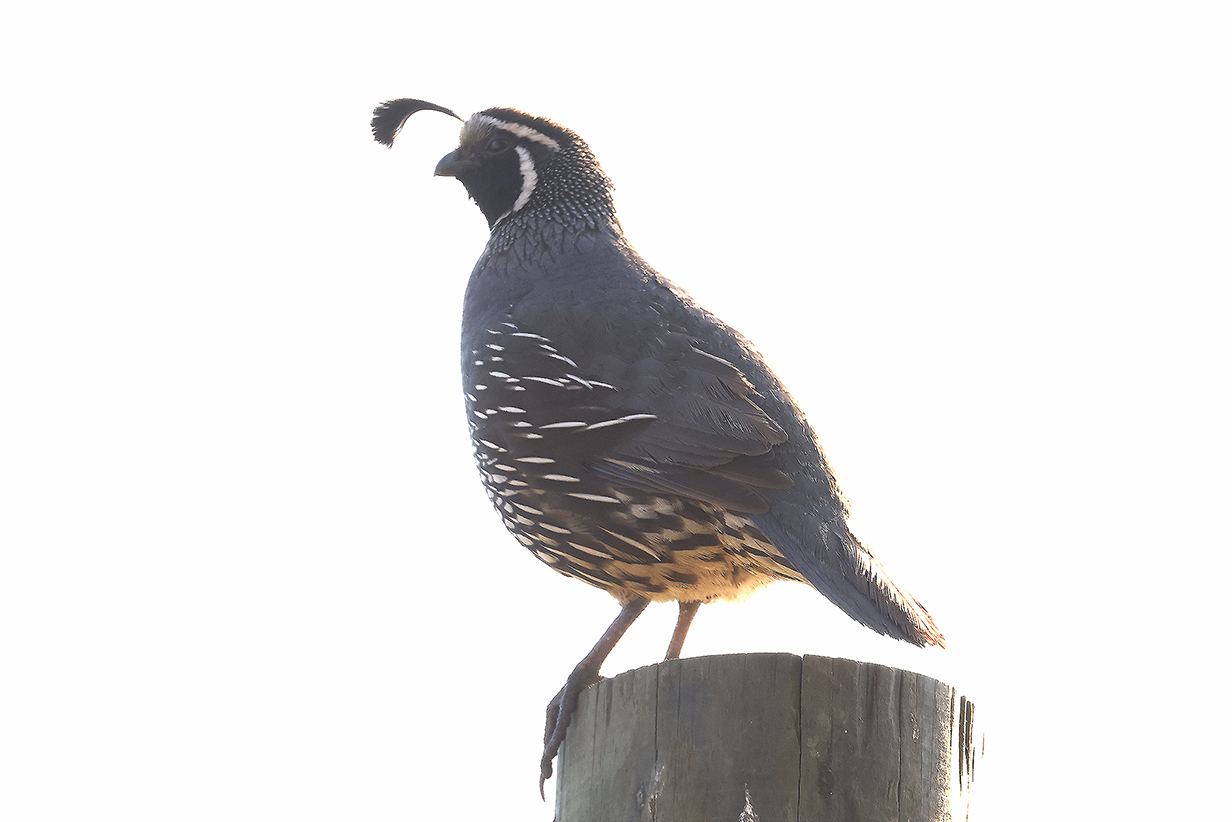
California quail (Introduced as a game bird -- as in so many other places -- and now ubiquitous. This is a male.)

Imperial cormorant (This is John's life bird. I don't know how we missed such an easy and obvious bird last December. My only guess is that I tried to be very careful not to confuse it with Antarctic shag ... although the range of the latter does not extend up to Chile. Anyway, this was one of a pair of birds that flew by during pelagic birding while we sailed the Beagle Channel on the way from Punta Arenas to Ushuaia. I therefore take this as my 57th and last new bird from the Chile part of the trip. Mary got it yesterday in Punta Arenas.)
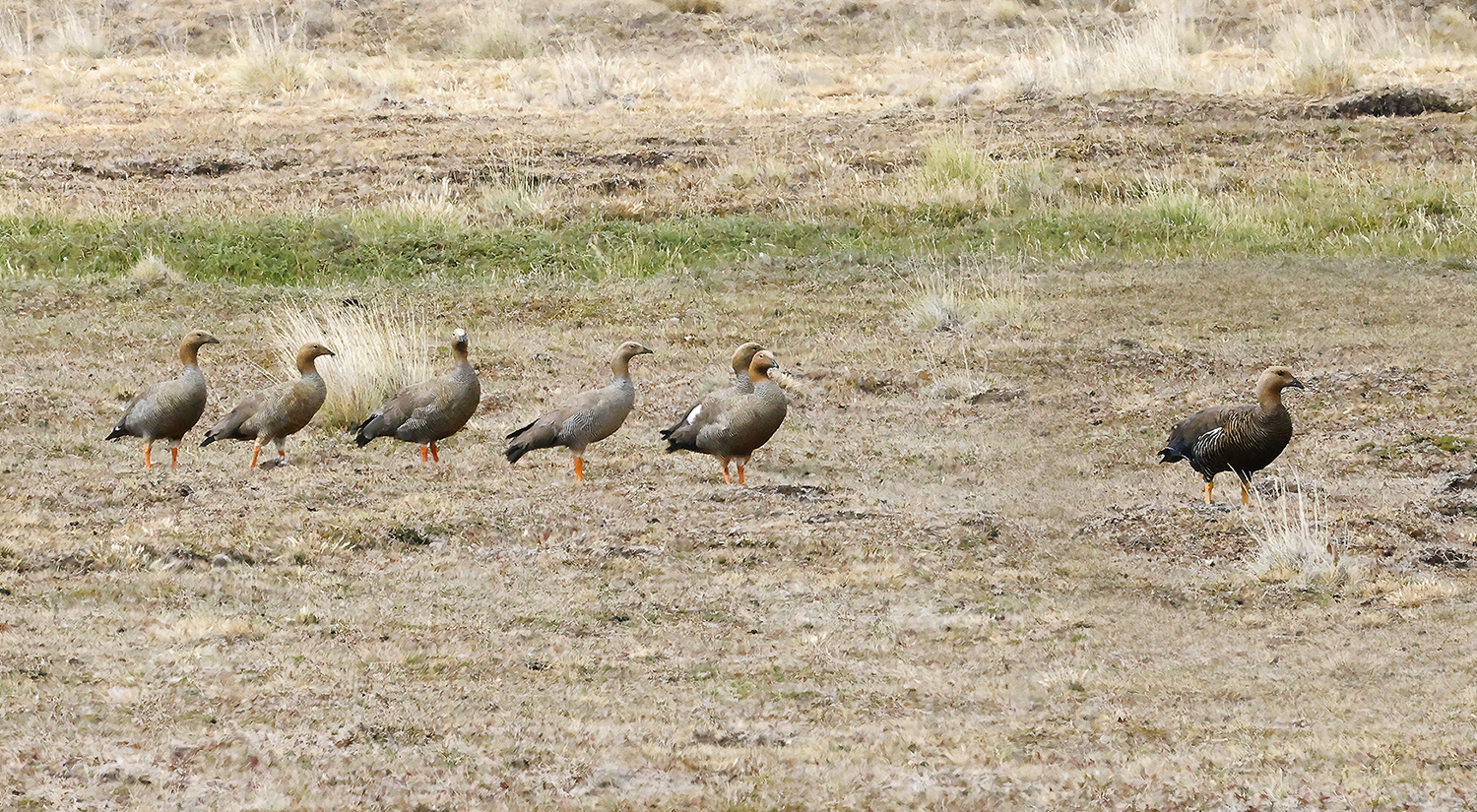
Ruddy-headed geese (These are our life birds on the Patagonian steppe ~ 140 km NE of Punta Arenas.)
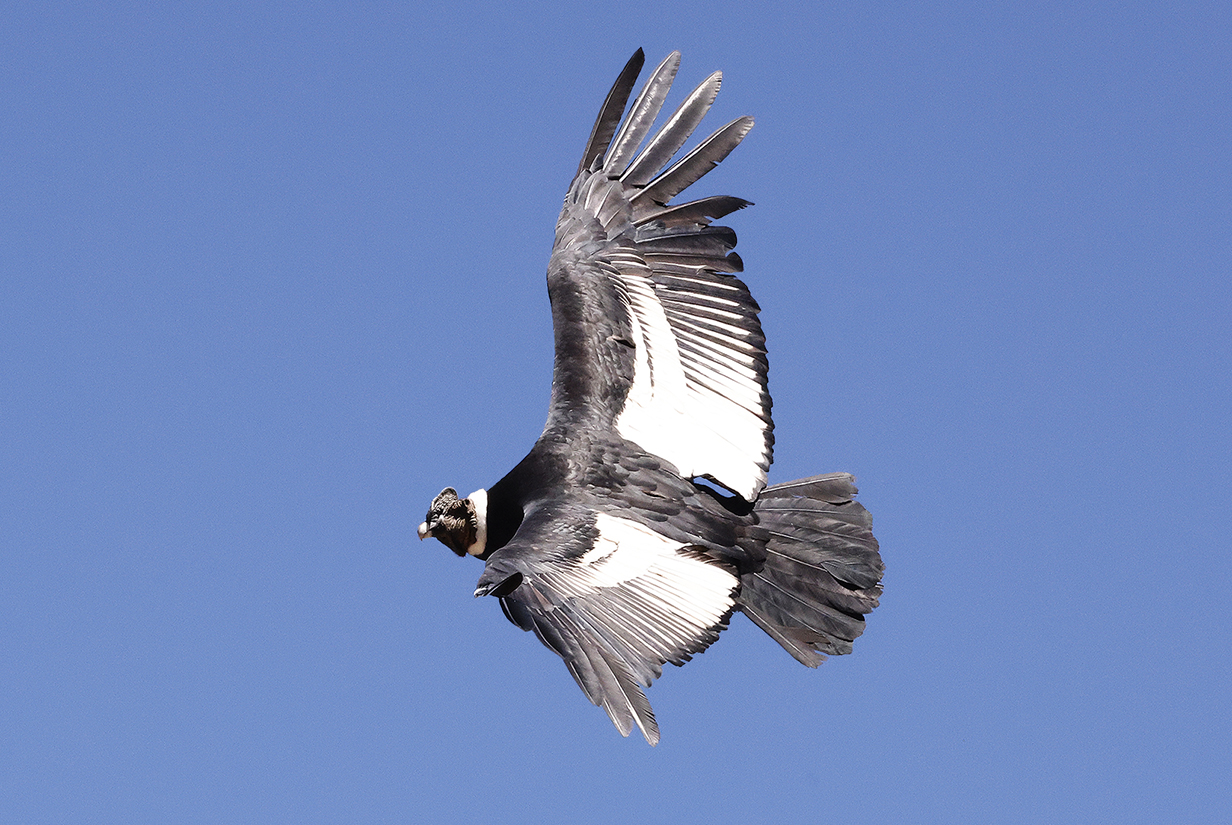
Andean condor (This is a male, soaring over the Valle Nevado ski resort at 3000 m altitude in the mountains east of Santiago.)
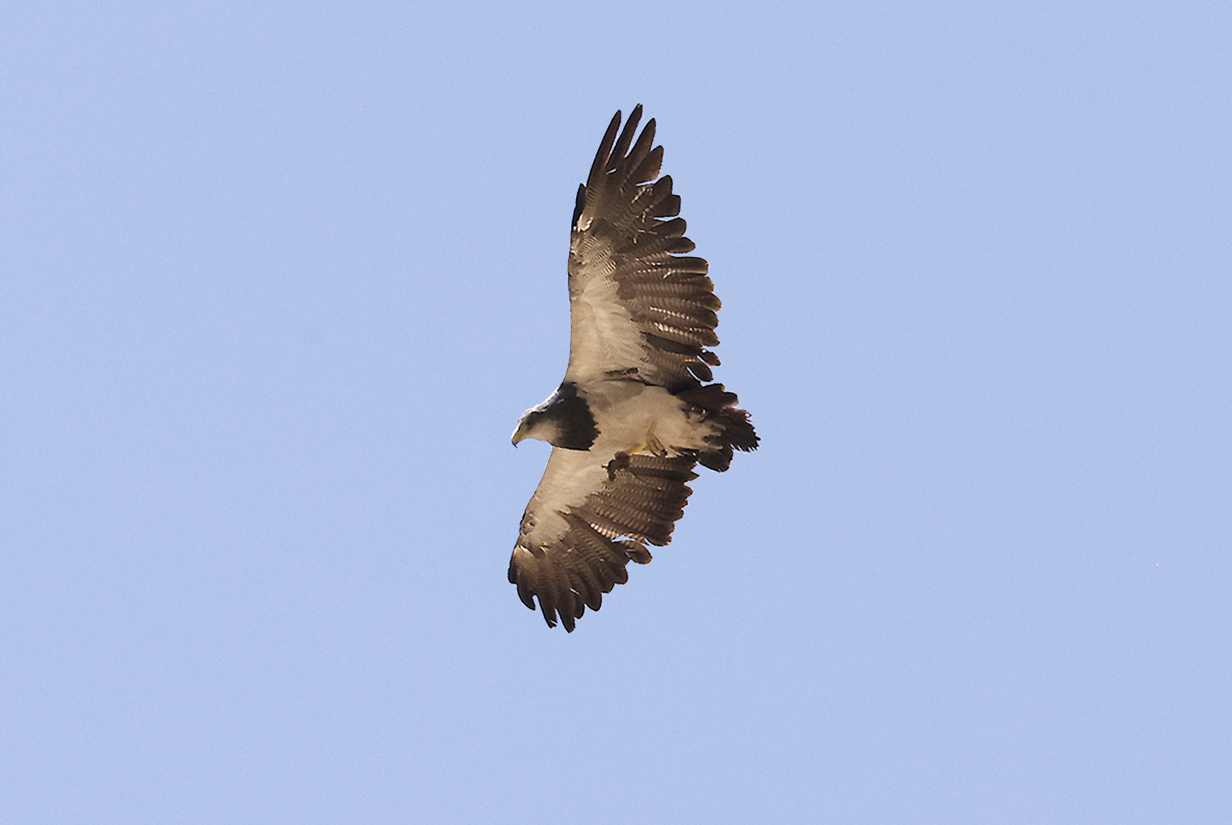
Black-chested buzzard-eagle
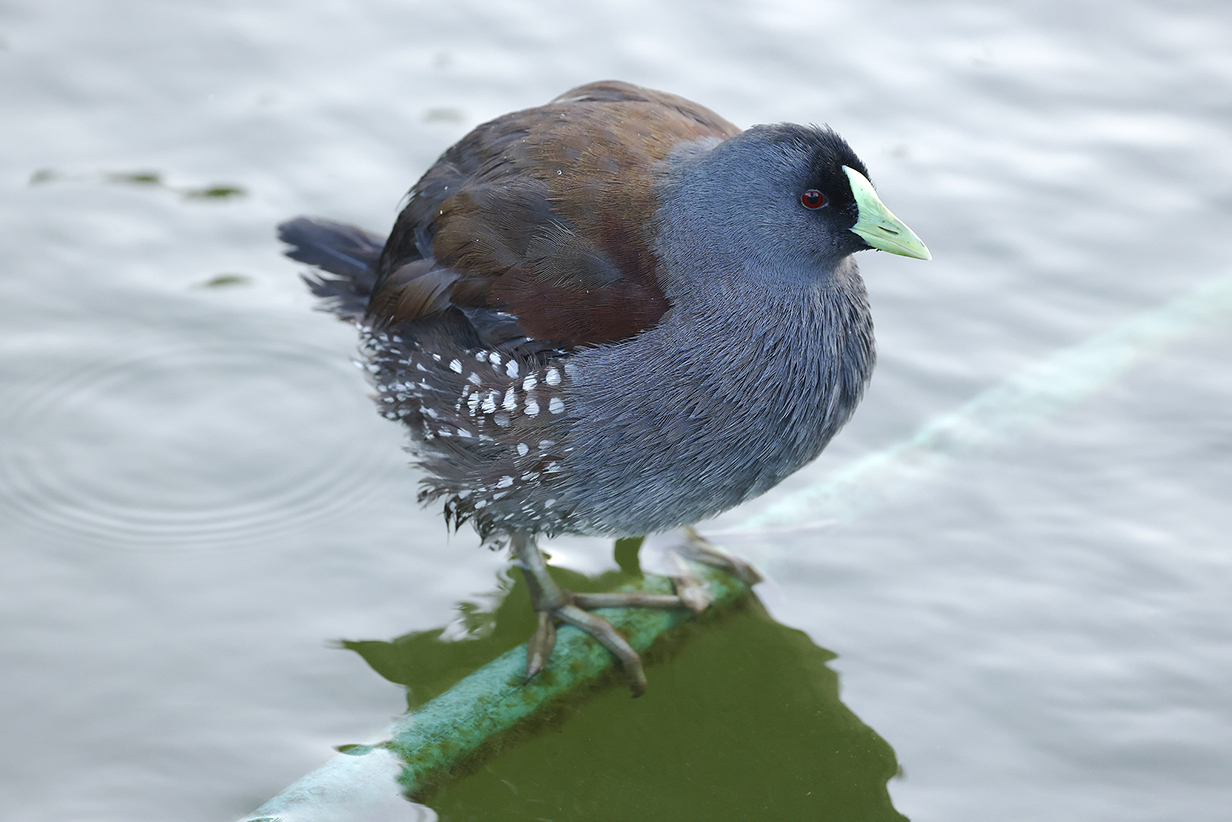
Spot-flanked gallinule (This is John's life bird, at Parque Vicentinario, Santiago.)

Two-banded plover (This is John's life bird.)
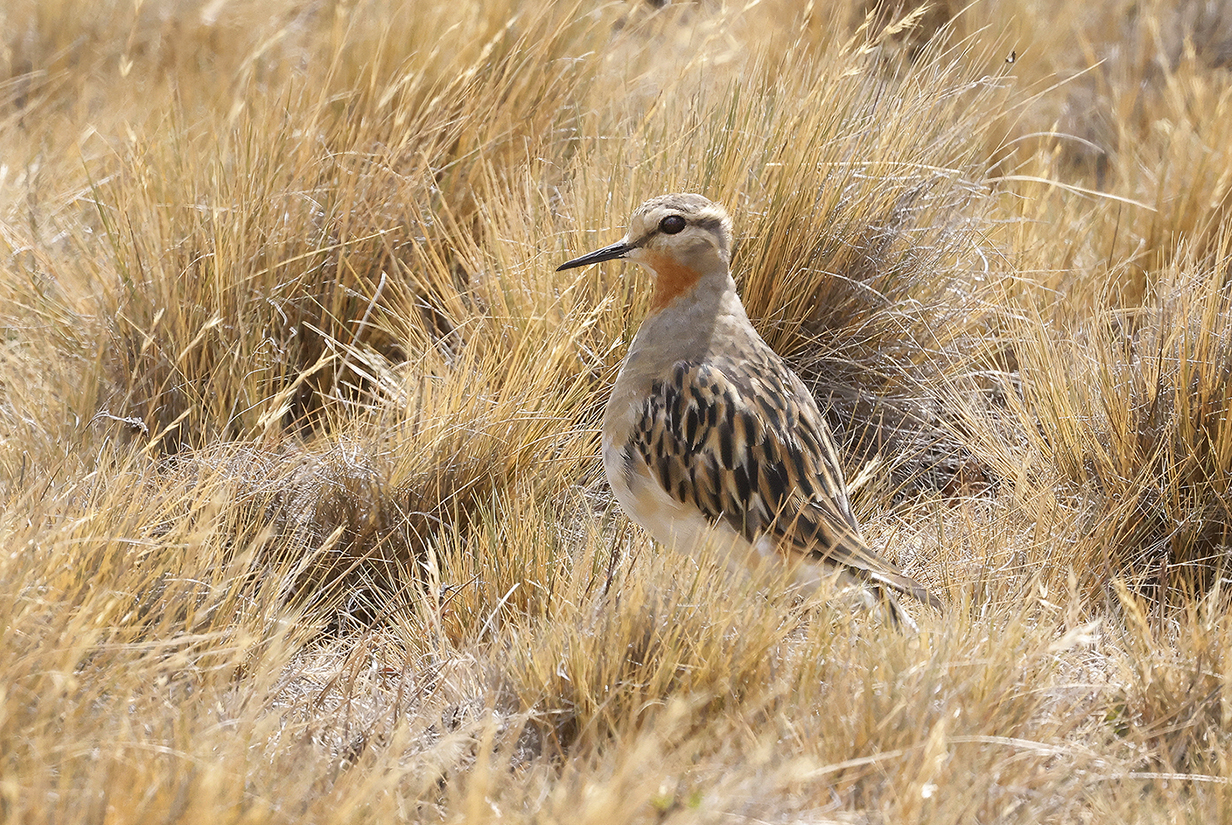
Tawny-throated dotterel (Patagonian steppe NE of Punta Arenas)
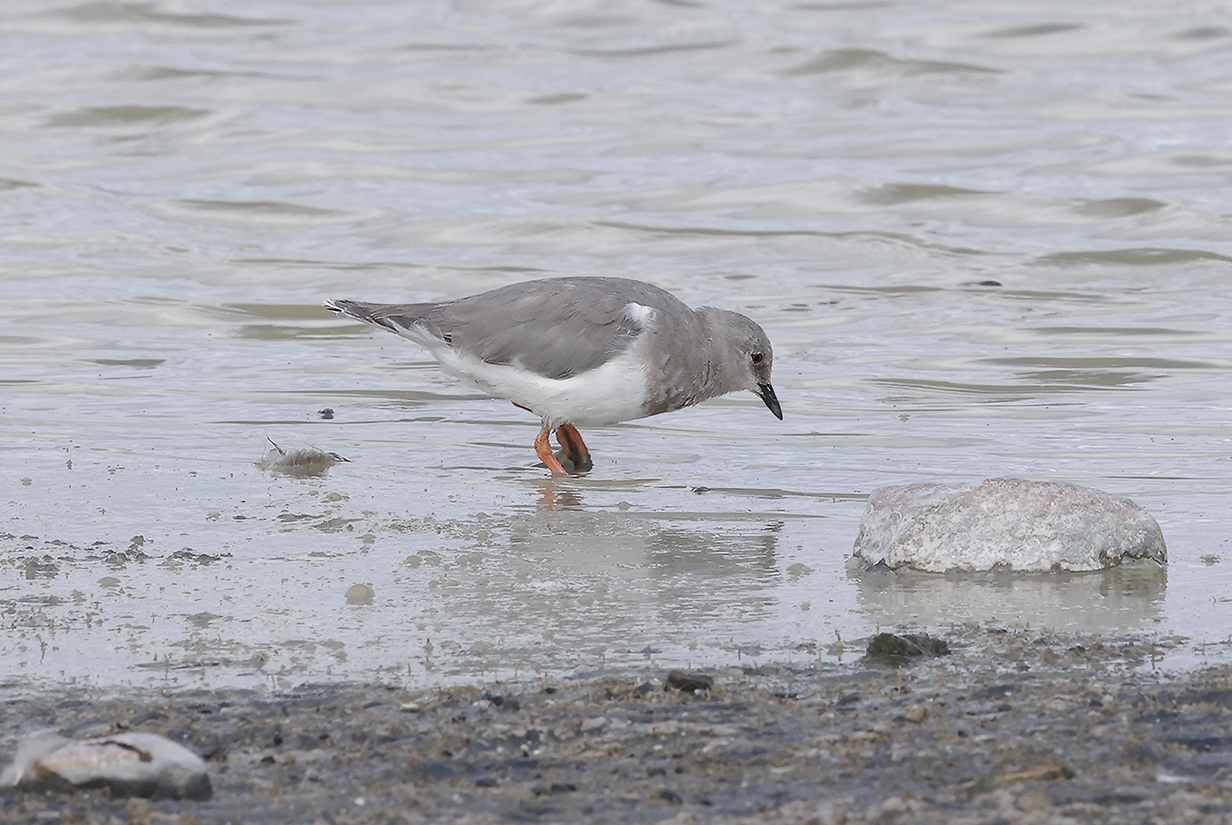
Magellanic plover (John's life bird and one of the world's rarest shore birds. It was in a small wetland -- itself rare during the current drought -- in the Patagonian steppe ~ 60 km = 36 miles NE of Punta Arenas.)

Diademed sandpiper-plover (This is our life bird, an iconic target for birders who visit the highlands of Chile. Here we are at 2980 m ~ 9780 feet elevation in the Yeso Valley highlands near Santiago. We had a lot of good luck on this trip ... but not with this bird. The Termas del Plumbo thermal springs were being used by a number of people, and the bird did not come close. You can also see that it is thoroughly "bejeweled" and well studied.
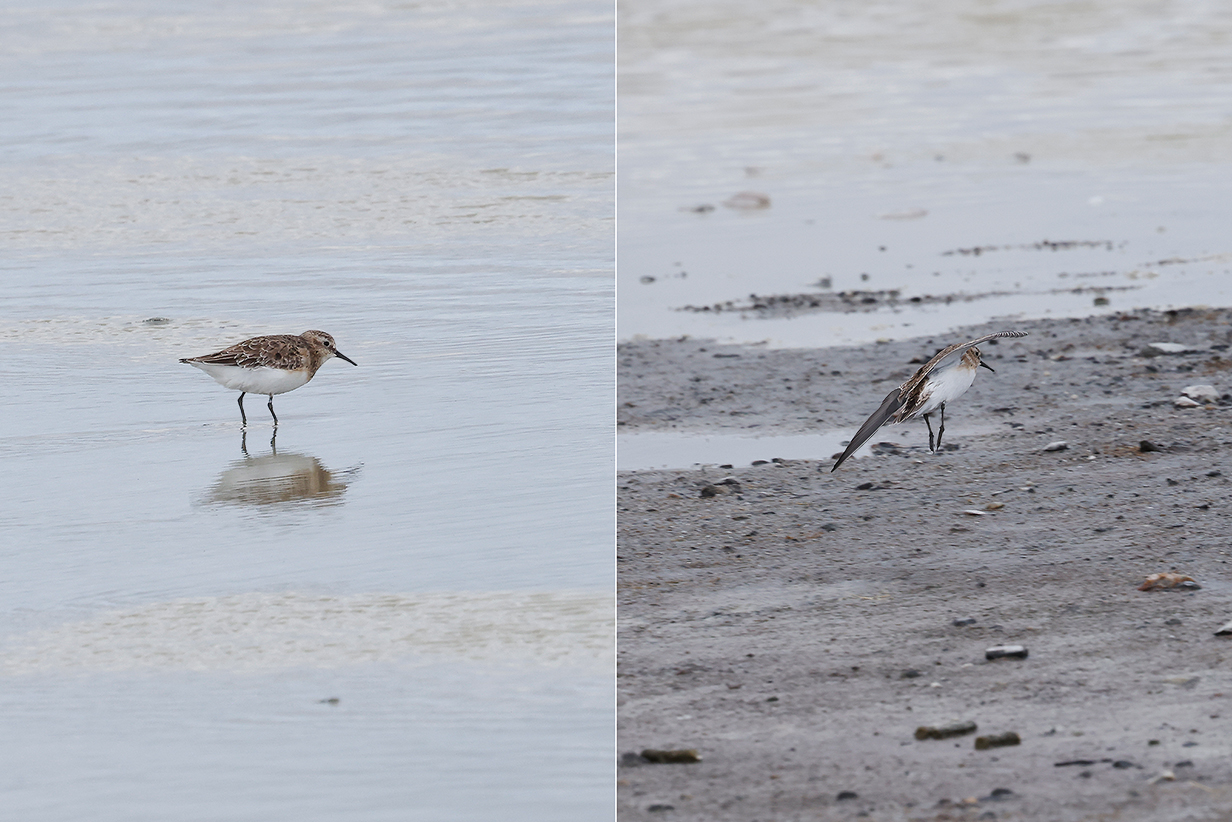
Baird's sandpiper (This is John's life bird. Baird's sandpiper has been a sort of "nemesis bird" for us for many years -- just about the only common northern shorebird that we had not seen. One reason is the need to differentiate it from White-rumped sandpiper, which is otherwise very similar. On the Chilean side of the Patagonian steppe in southern summer, it is common and White-rumped sandpiper is not. Nevertheless, it was good to get a confident ID from guide Sebastian Saiter and then to see clearly as the bird flew that its rump was not white.
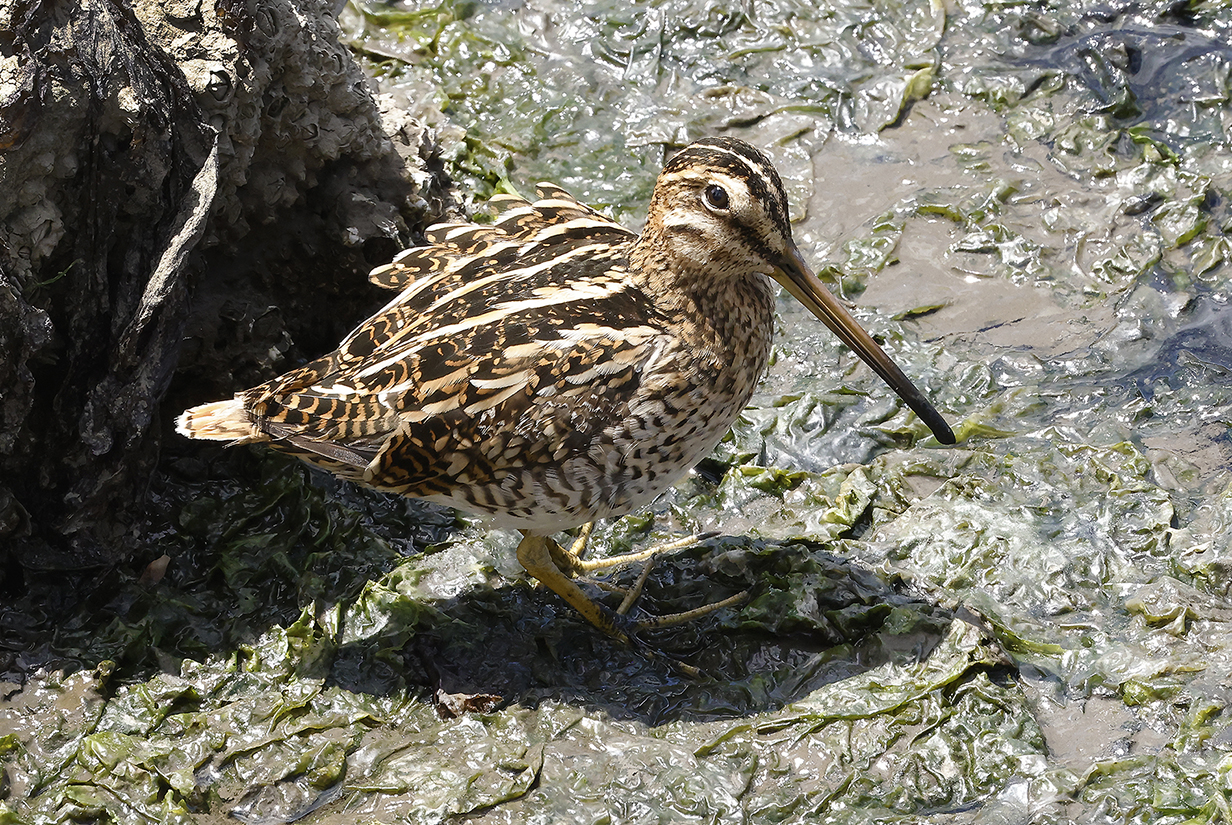
Magellanic snipe (This is our life bird, near the harbour at Castro, Chiloe Island.)
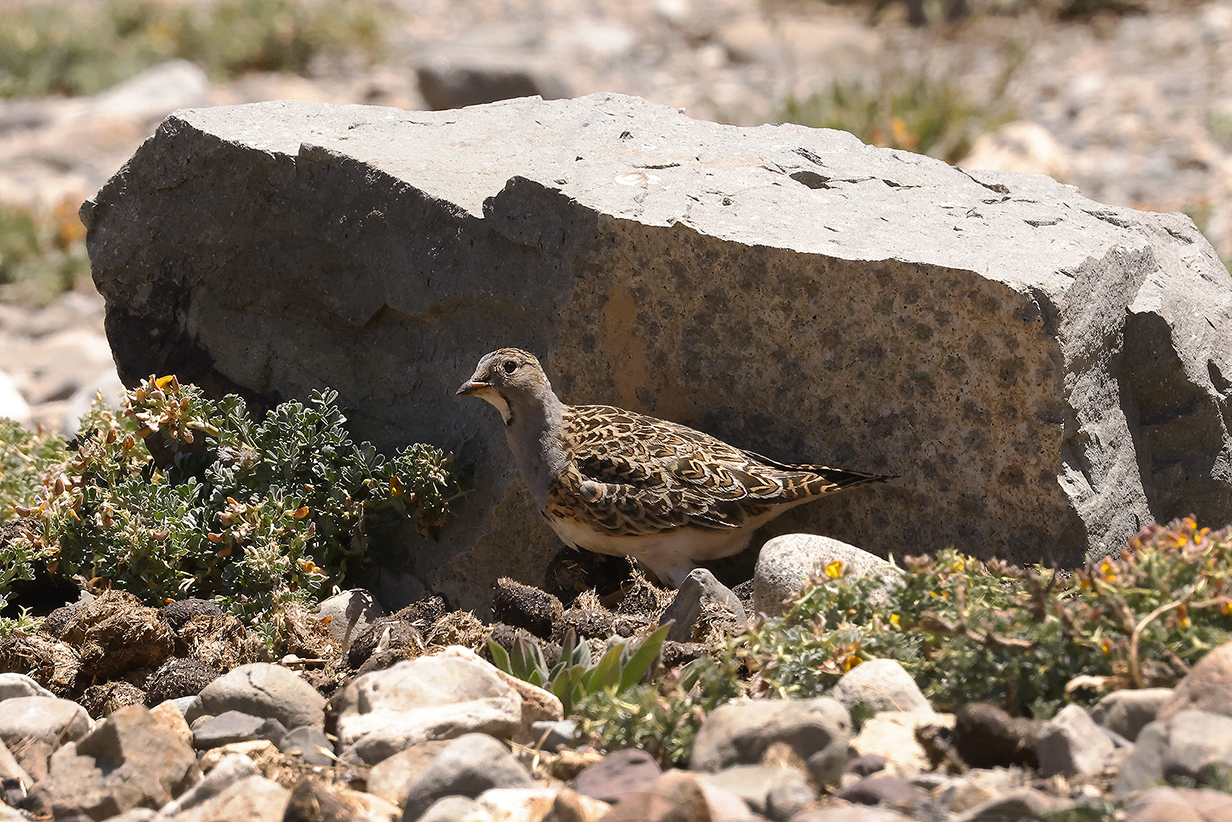
Gray-breasted seedsnipe (We saw this male a few minutes after a female that was our life bird. This was just below the Termas del Plumbo.)
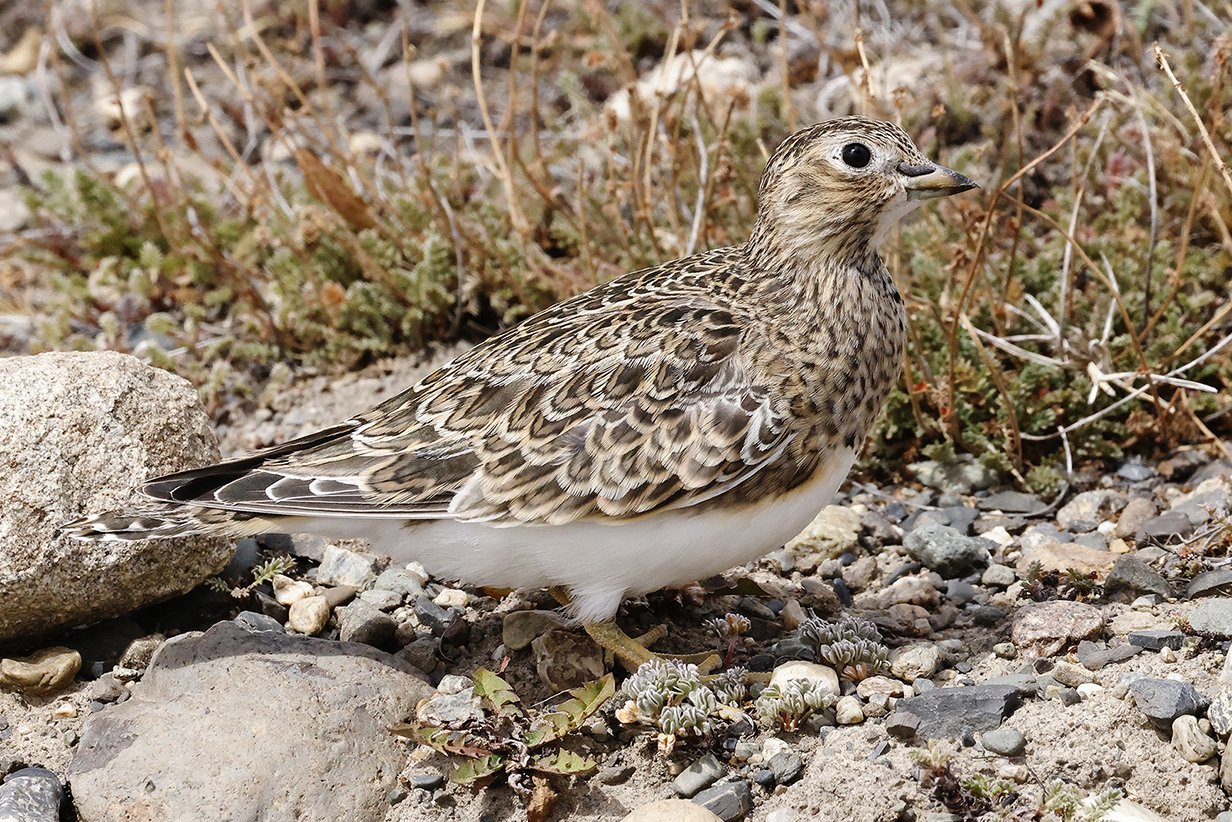
Least seedsnipe (female on the Patagonian steppe -- well camouflaged)
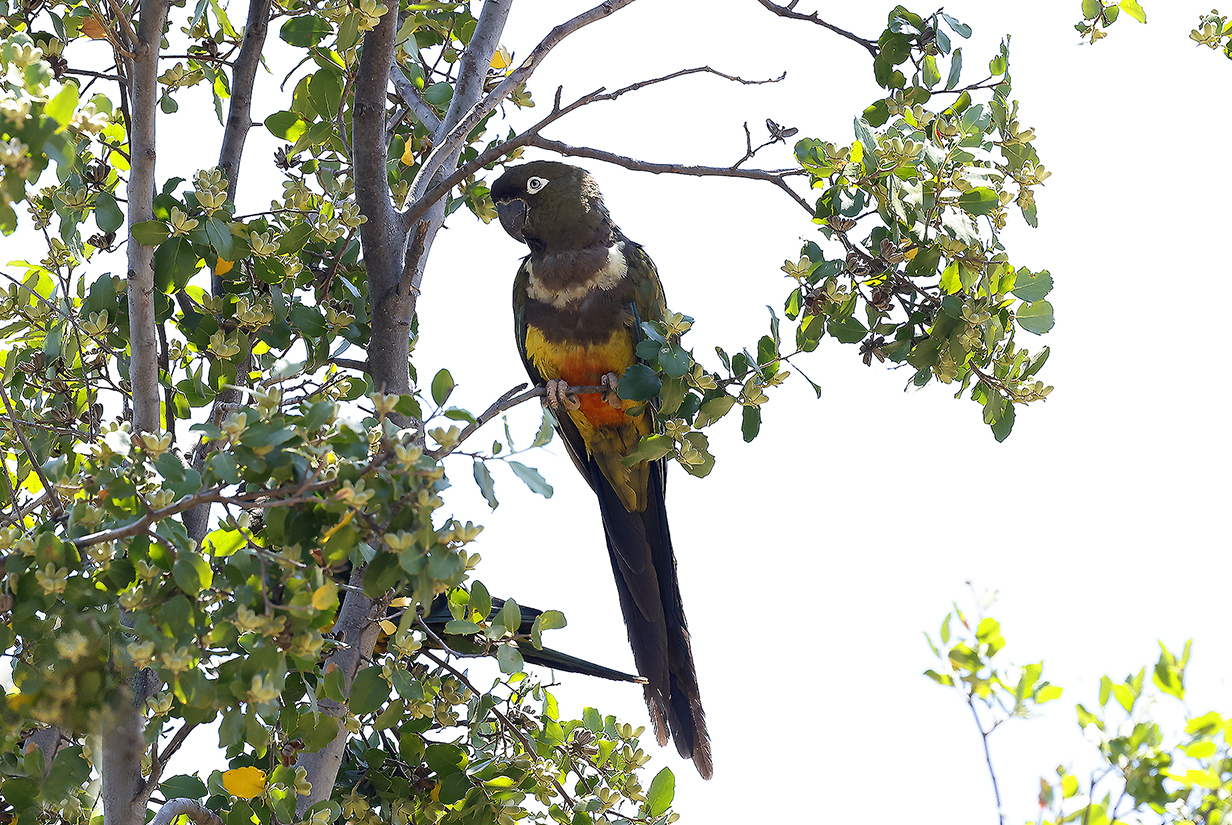
Burrowing parakeet (This is our life bird, Maule River near Vilches.)
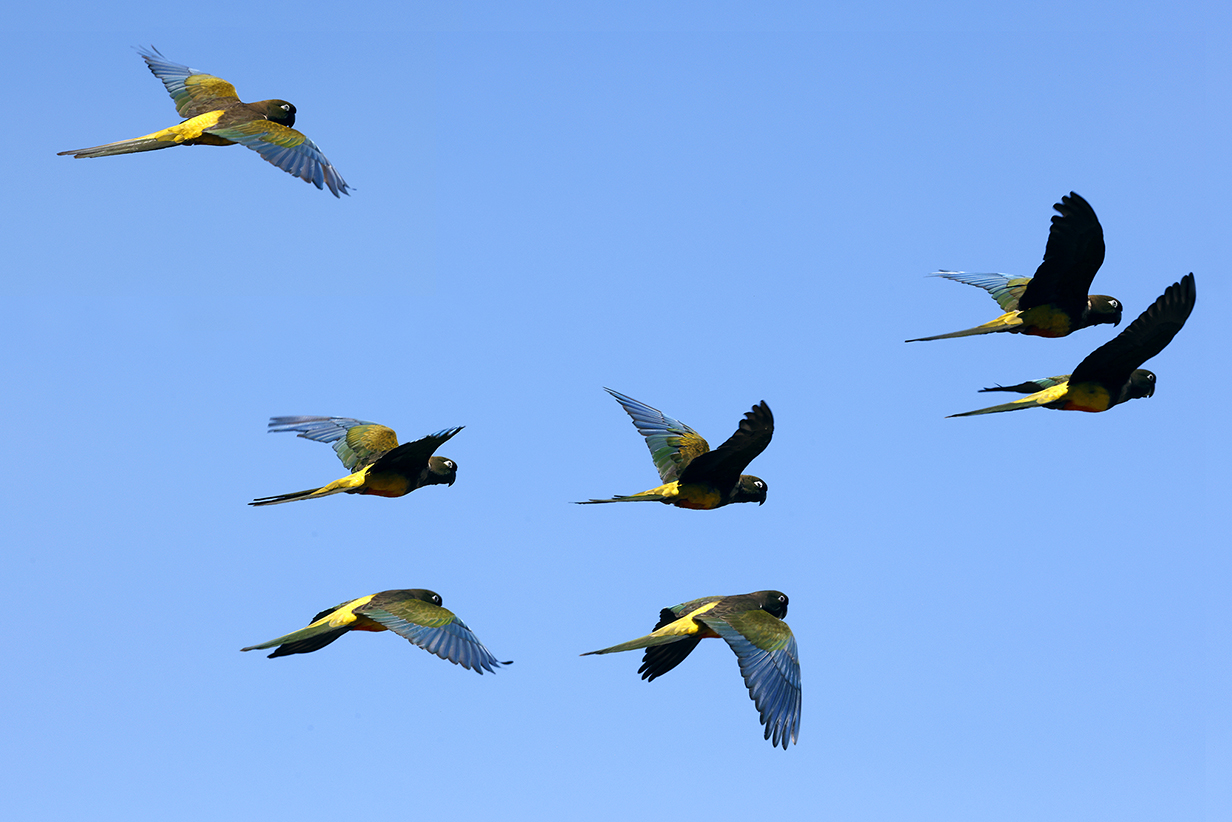
Burrowing parakeets (A cheerfully noisy flock nests in holes in the steep banks of the Maule River.)
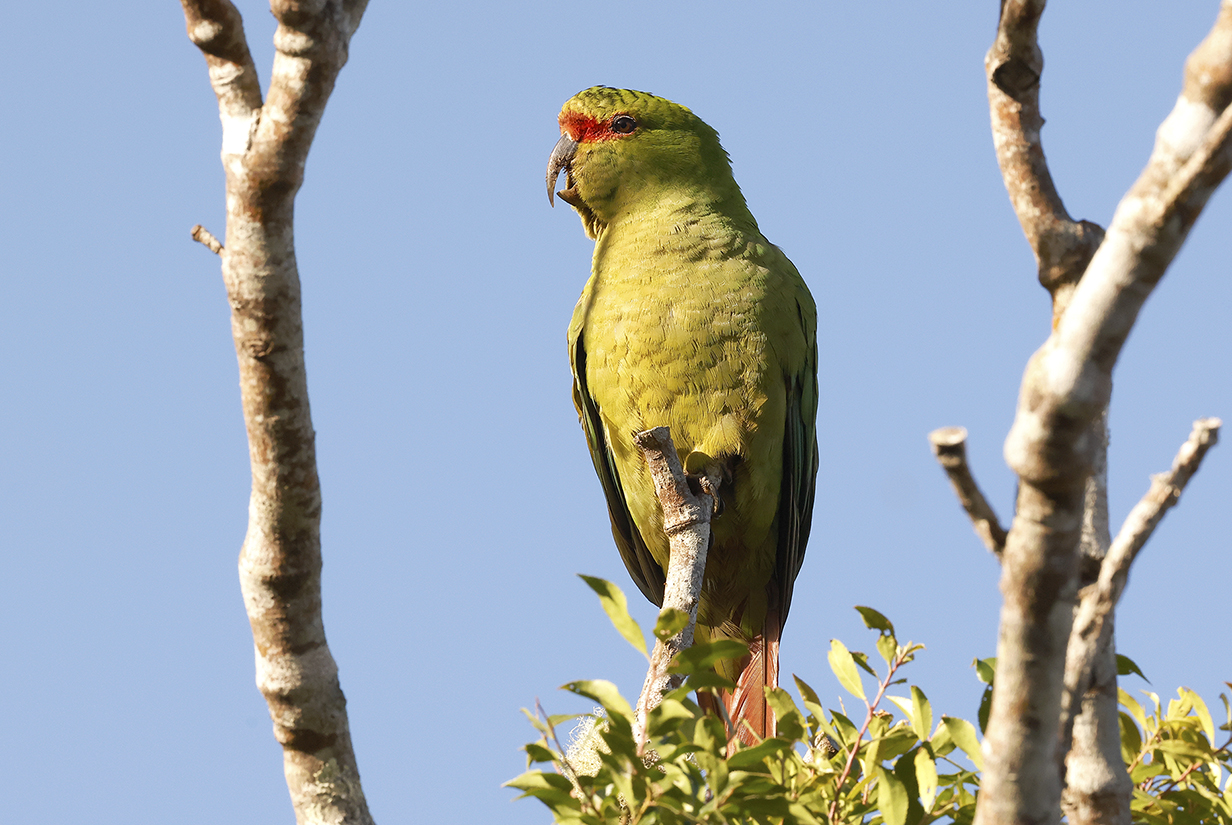
Slender-billed parakeet (Chiloe Island: We saw our life bird a few minutes before this bird.)
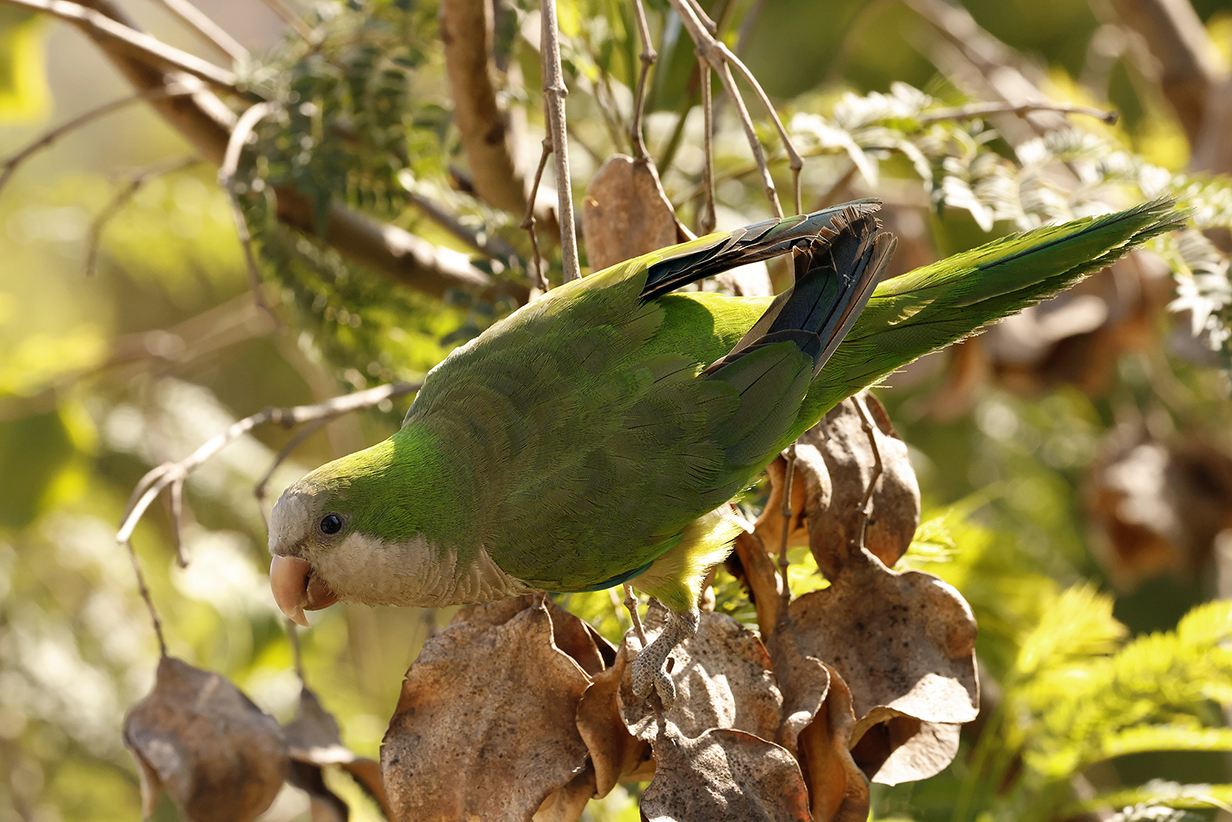
Monk parakeet (introduced but established, here, in downtown Santiago)
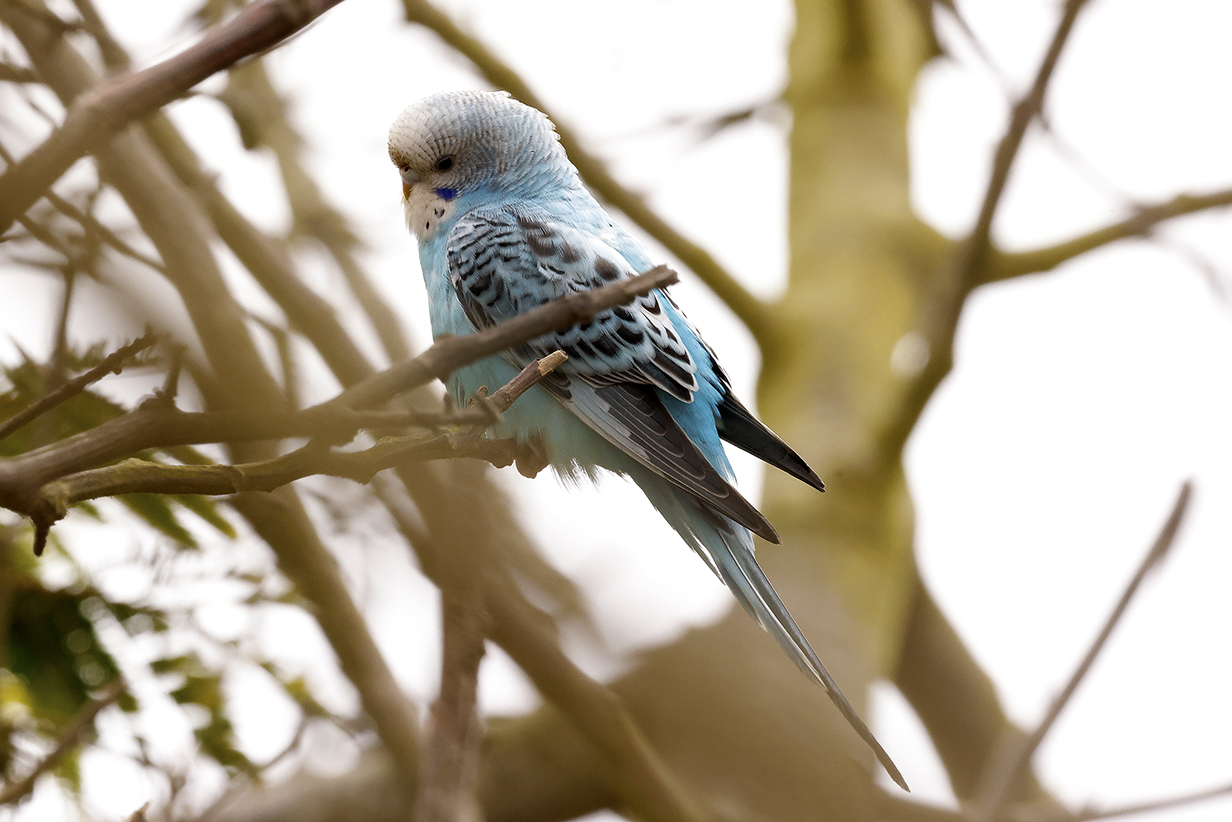
Budgerigar (Who ordered this? Could be an escapee -- especially given the non-canonical color -- but in fact, ebird lists Budgerigar as a species that is established in Chile. Fortunately, having seen native Budgerigar in Australia, we don't have to worry about whether we can "count" this bird.)
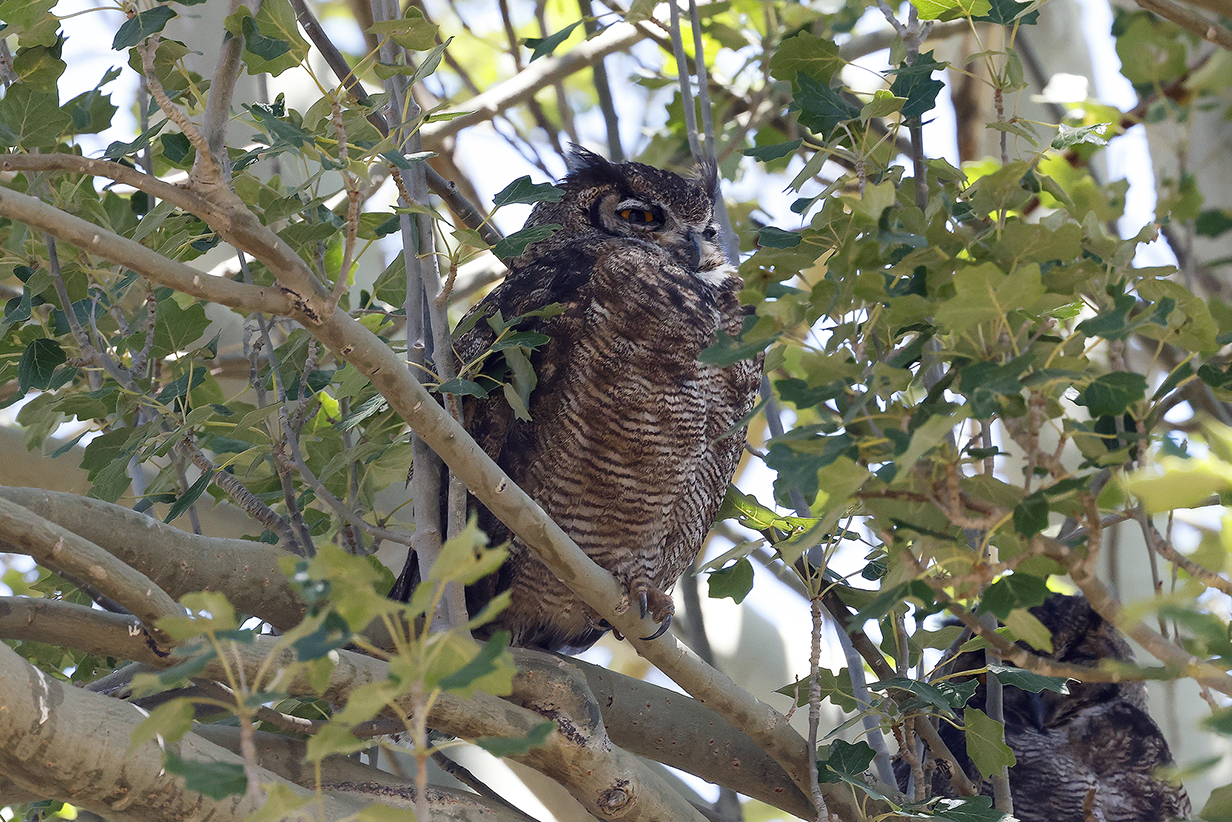
Lesser horned owl roosting in the daytime near Farrellones (This is our life bird.)
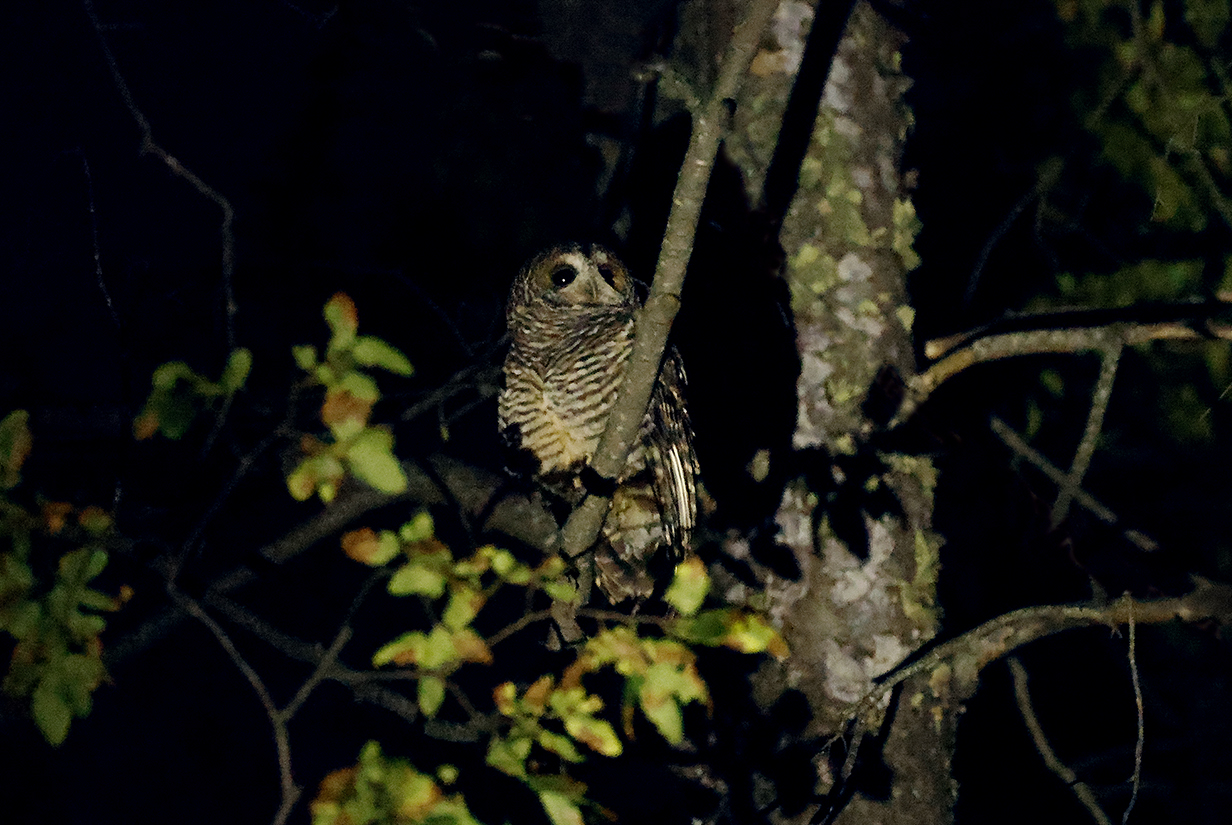
Rugous-legged owl in Nothofagus forest near Vilches
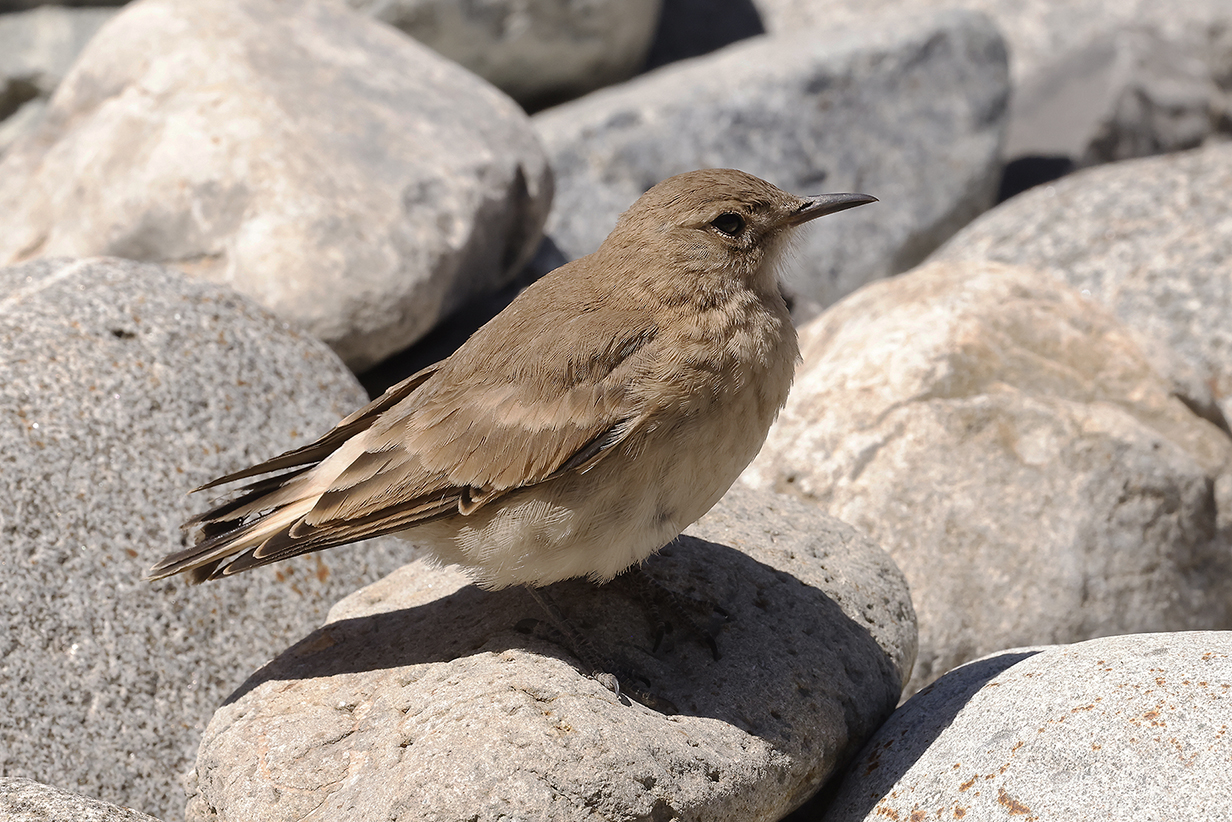
Creamy-rumped miner (This is our life bird, also at 9780 feet elevation at the Termas del Plumbo. The bird has its wings (note the long wing extension) open enough to show its light creamy rump. It came as close as several feet, presumably accustomed to people.
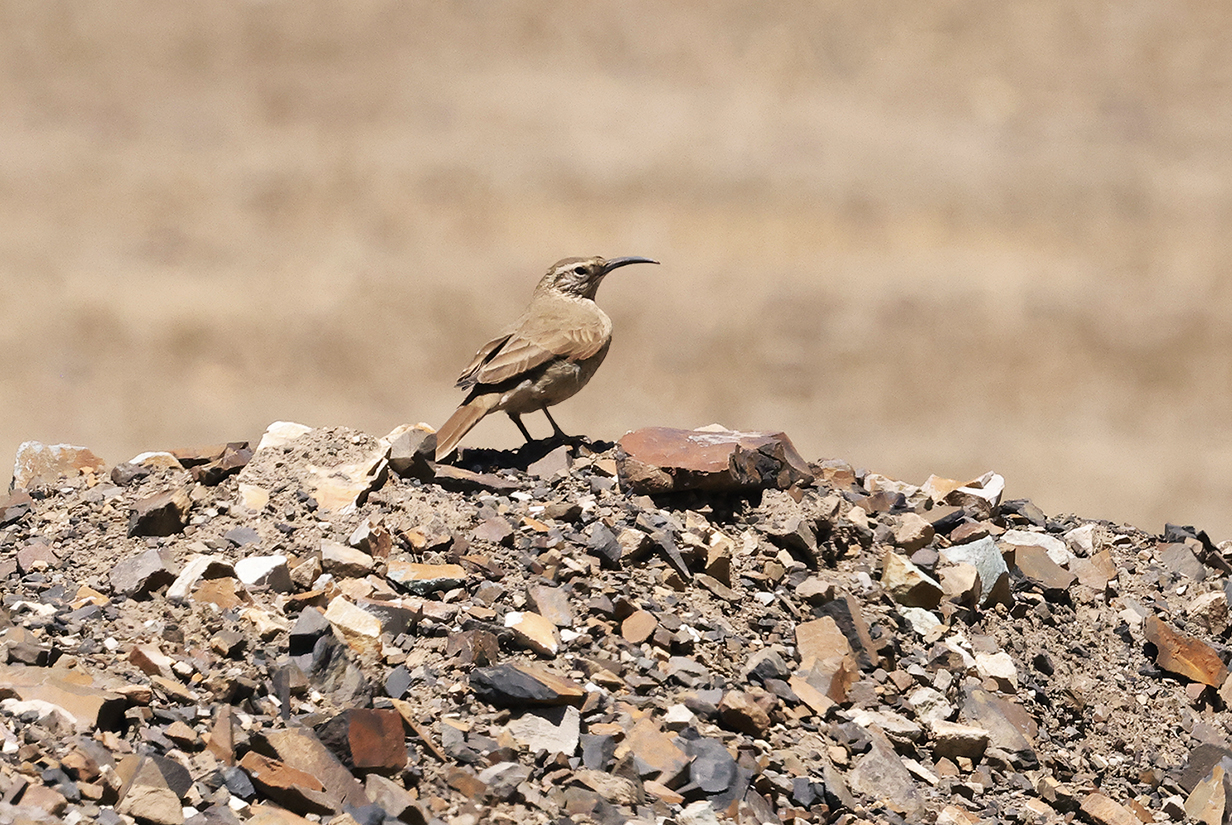
Scale-throated earthcreeper (This is Mary's life bird, seen at ~ 2950 m ~ 9700 feet altitude in the Yeso Valley highlands SE of Santiago.)
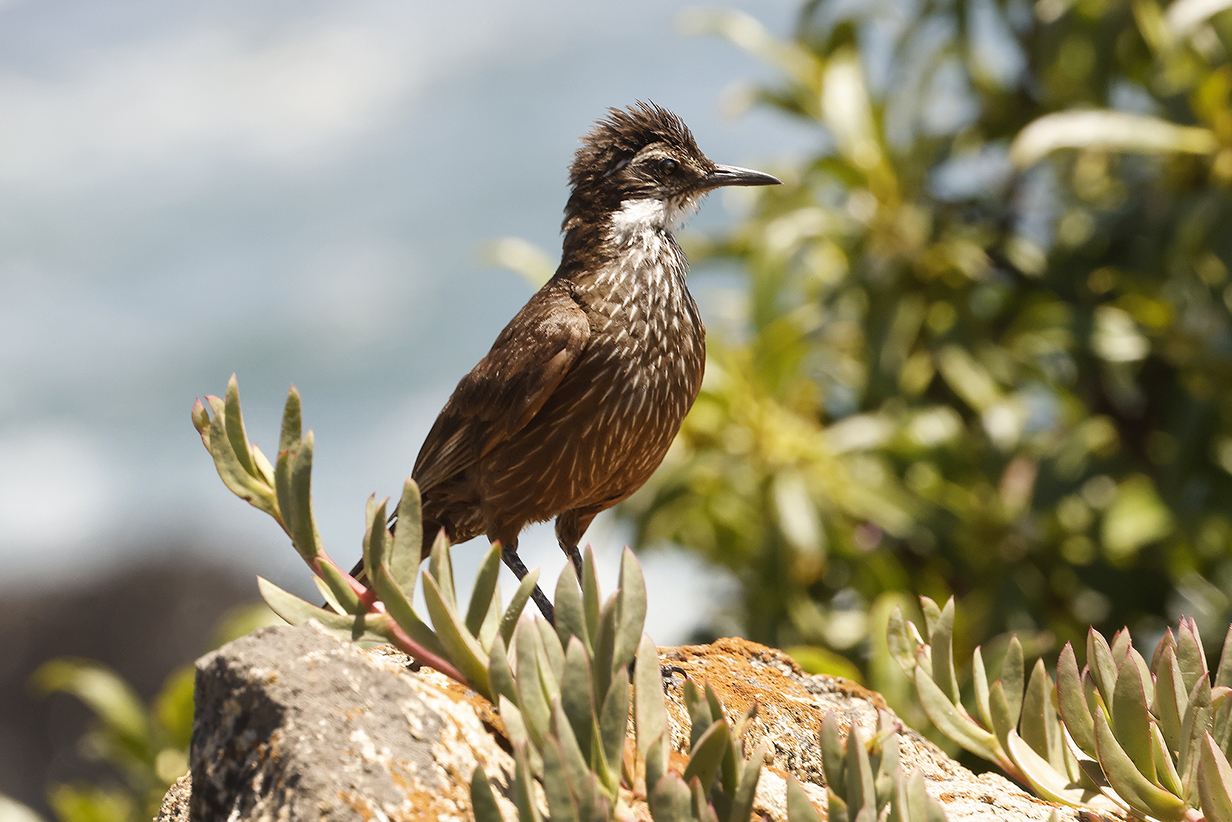
Seaside cinclodes (This is John's life bird near San Antonio harbor, just before we boarded the Seabourn Quest.)
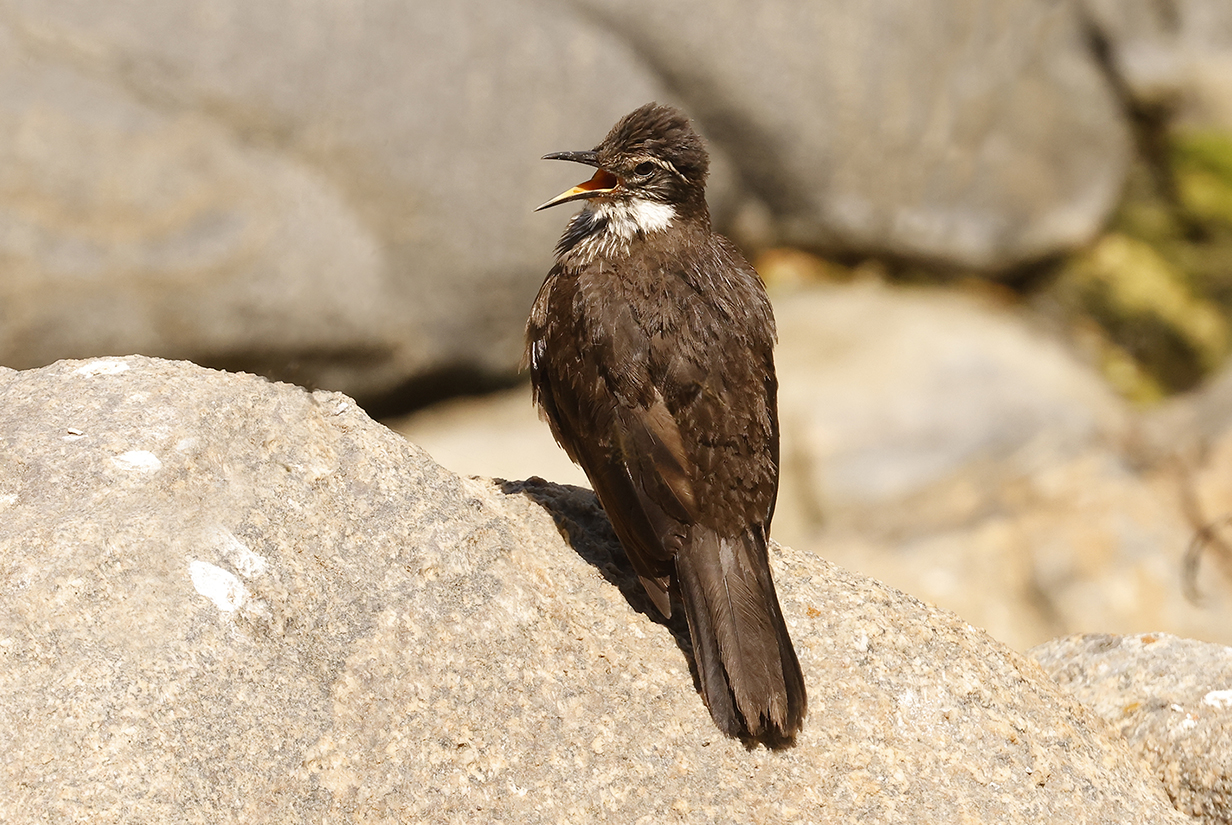
Seaside cinclodes (Explosively territorial!)
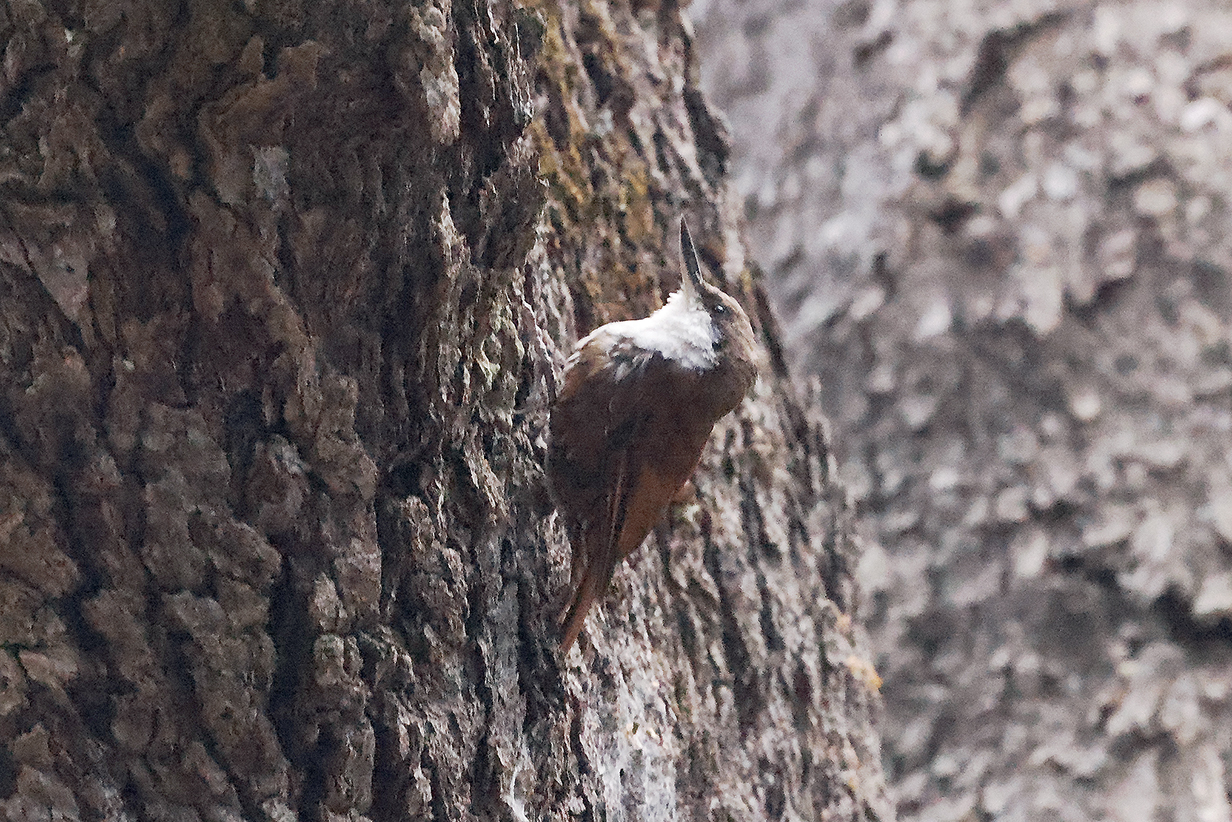
White-throated treerunner (This is John's life bird -- outside Picamadero Hotel grounds, Vilches Altos.)
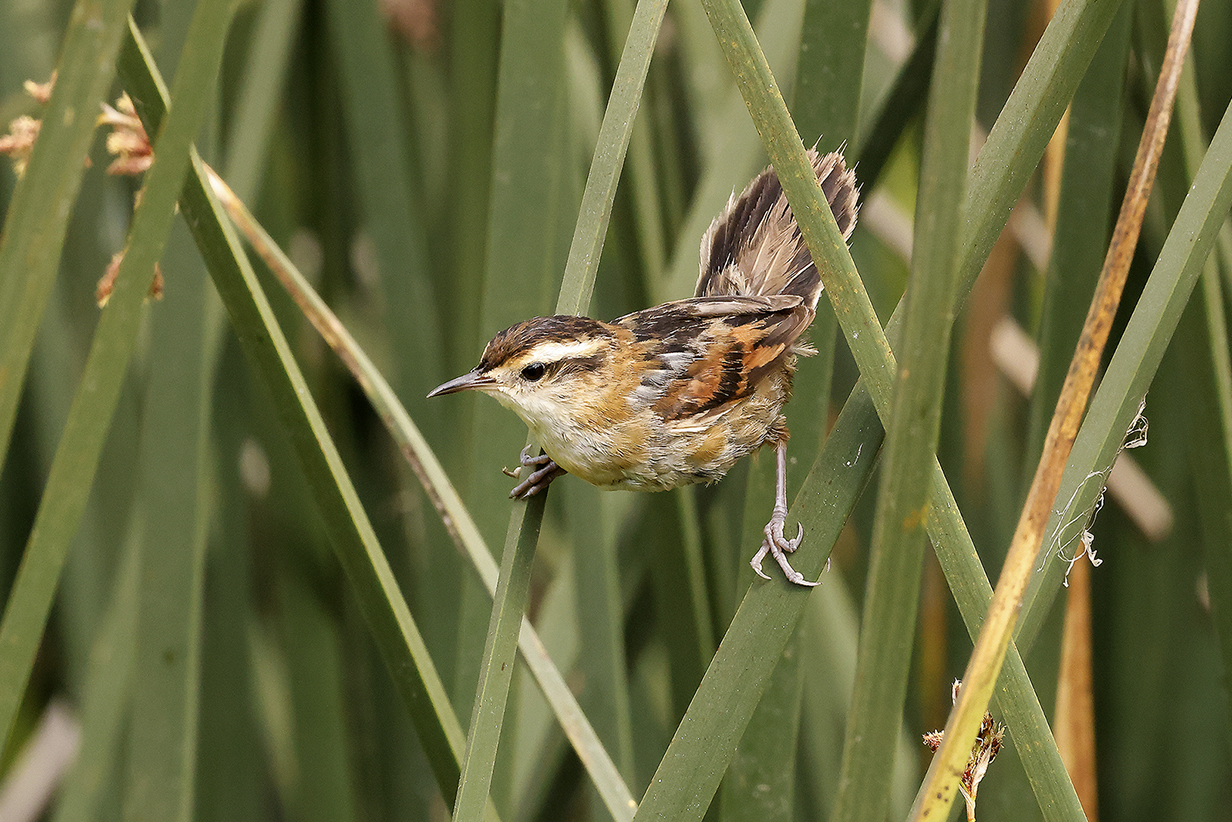
Wren-like rushbird (John got his life bird in Bolivia in September 2022.)

Austral canastero (This is our life bird, ~ 140 km NE of Punta Arenas on the Patagonian steppe. Quoting Jaramillo's Birds of Chile, it is "the only streak-backed canastero in Chile" and "appears pipit-like". We guess that this is a juvenile bird, from its not-very-shy behavior.)
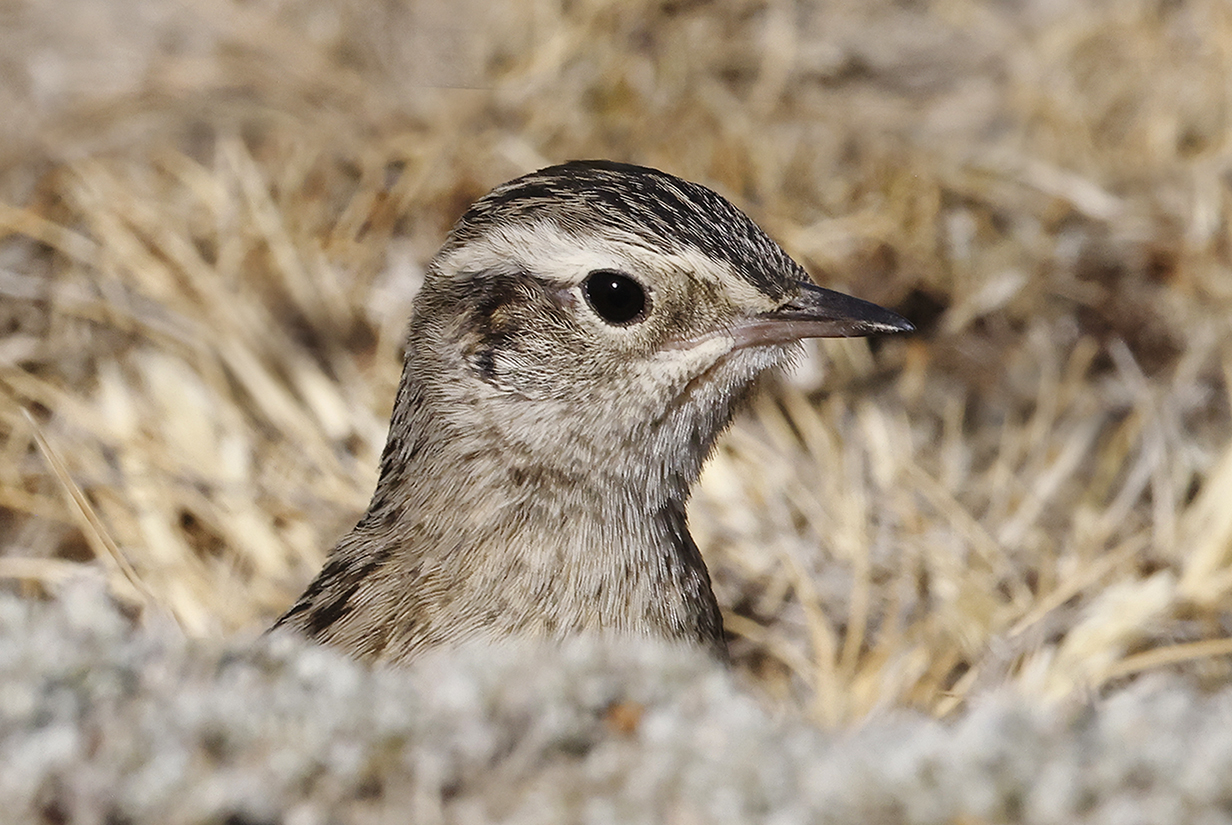
Austral canastero (You don't usually get to play hide-and-seek with a bird from 2 m away unless it is a juvenile.)
Tapaculos
Tapaculos are a New World family of birds that are (to quote Jaramillo's Birds of Chile) "infamous for their vocal but frustratingly skulking nature". That's precisely why we love them -- seeing them requires finesse birding and a lot of patience ... or spectacular good luck. We enjoyed a bit of both, as well as superb guiding. In the end, John saw 7 of the 8 Chilean species of tapaculo, missing only Ochre-flanked. This includes both the low- and high-altitude forms of Magellanic tapaculo, as shown below. Mary saw 5 of the 8 species. Wherever we go in South America, we put major emphasis on tapaculos.
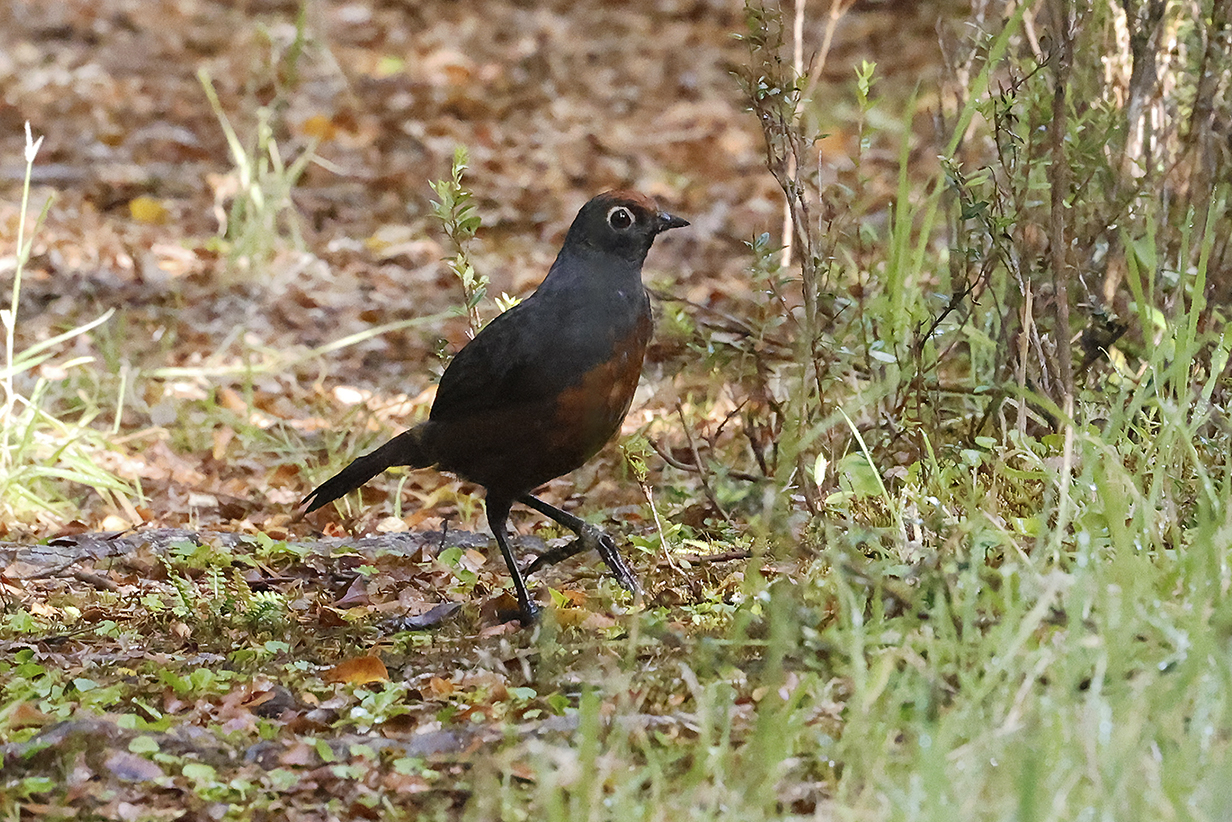
Black-throated huet-huet (This is our life bird, our last new tapaculo of the trip. Much to our surprise -- because it is a skulker -- it jumped out into the open, hopped its way toward and past us, and gave us a wonderful view. This was in a very primeval temperate rain forest on Chiloe Island, off the coast of southern Chile.)
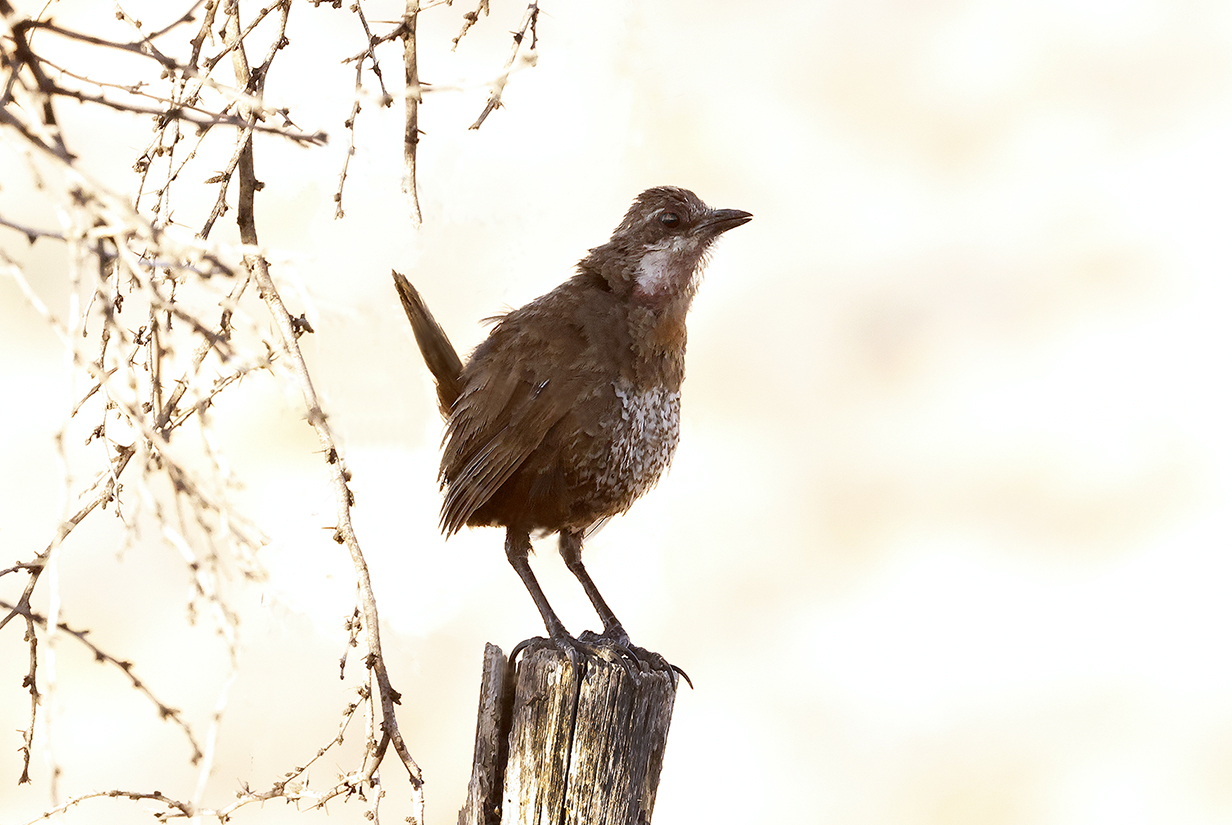
Moustached turca (not too hard in the very early morning)
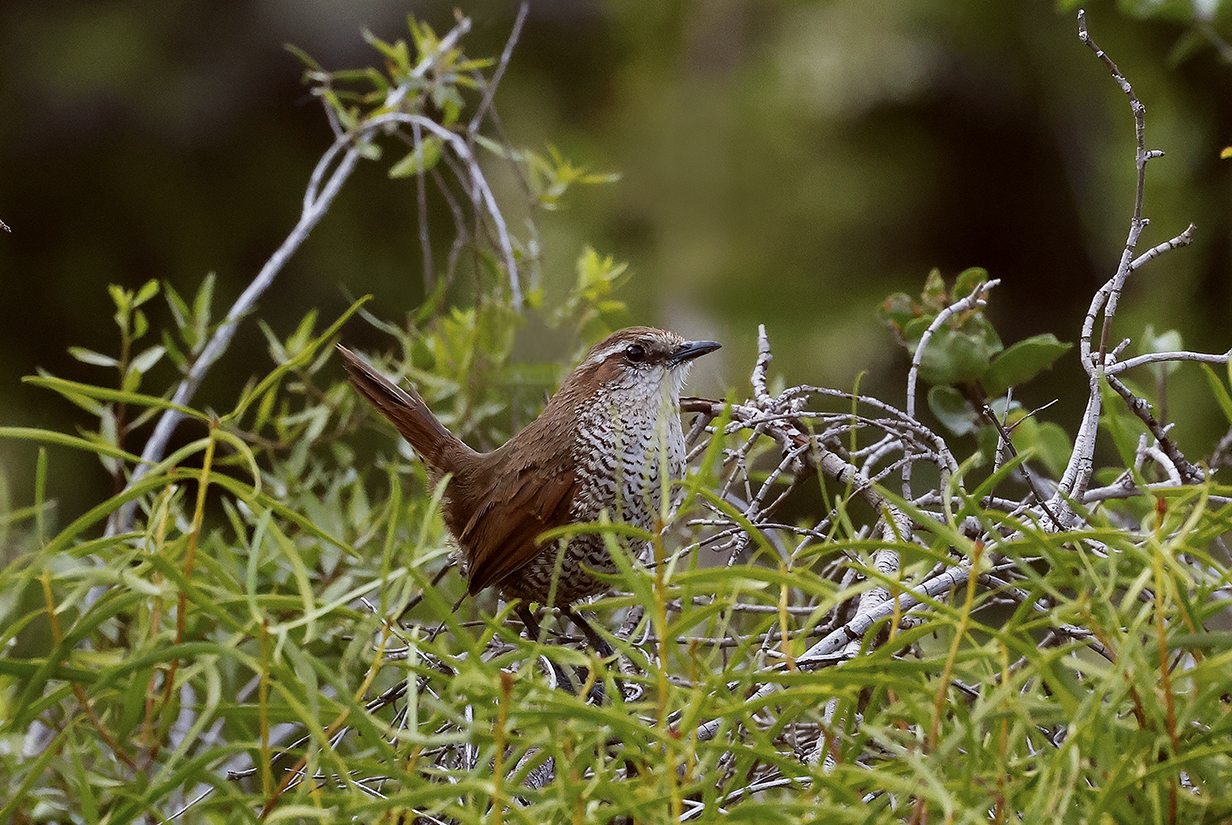
White-throated tapaculo (This is our life bird at La Disputada de las Condes.)
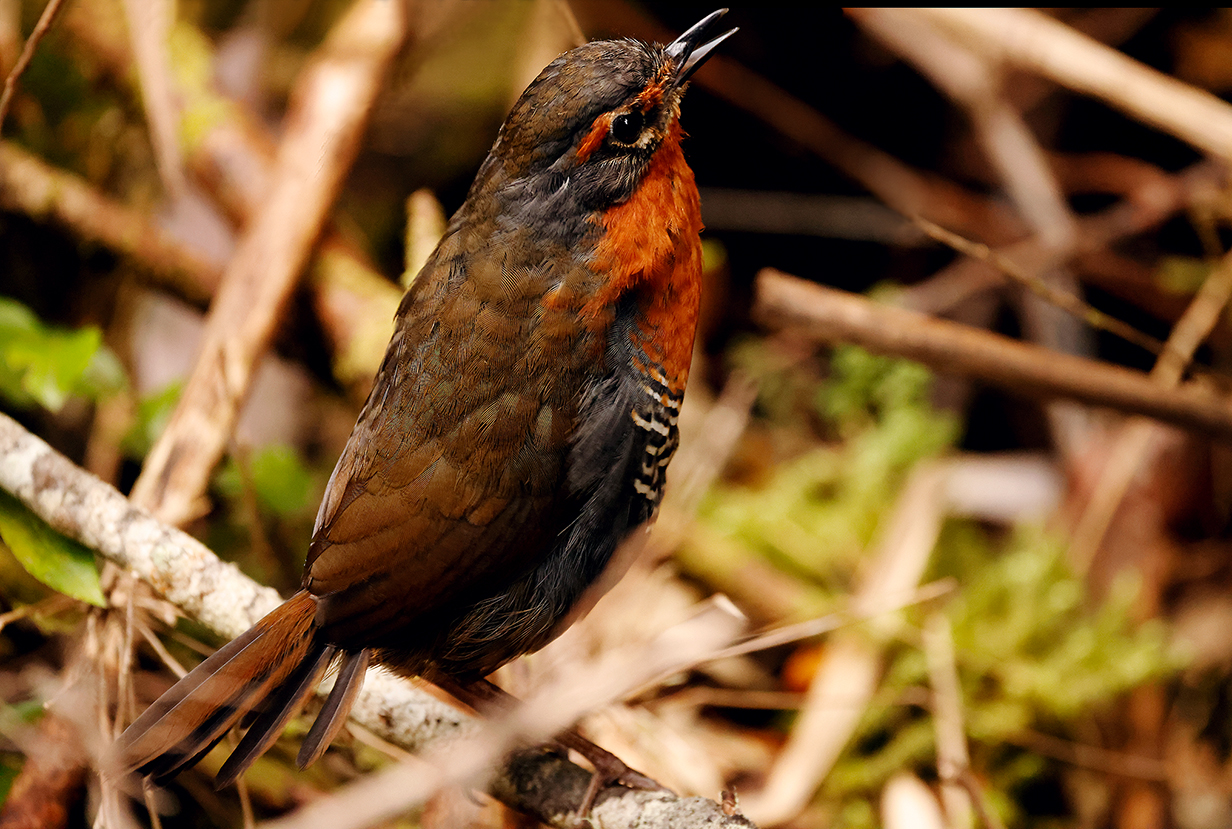
Chucao tapaculo (This is our life bird at Lahuen Nadi National Monument, near Puerto Montt. Noisy and inquisitive, as always.)

Chucao tapaculo (Parque Tepuhueio, Chiloe Island)
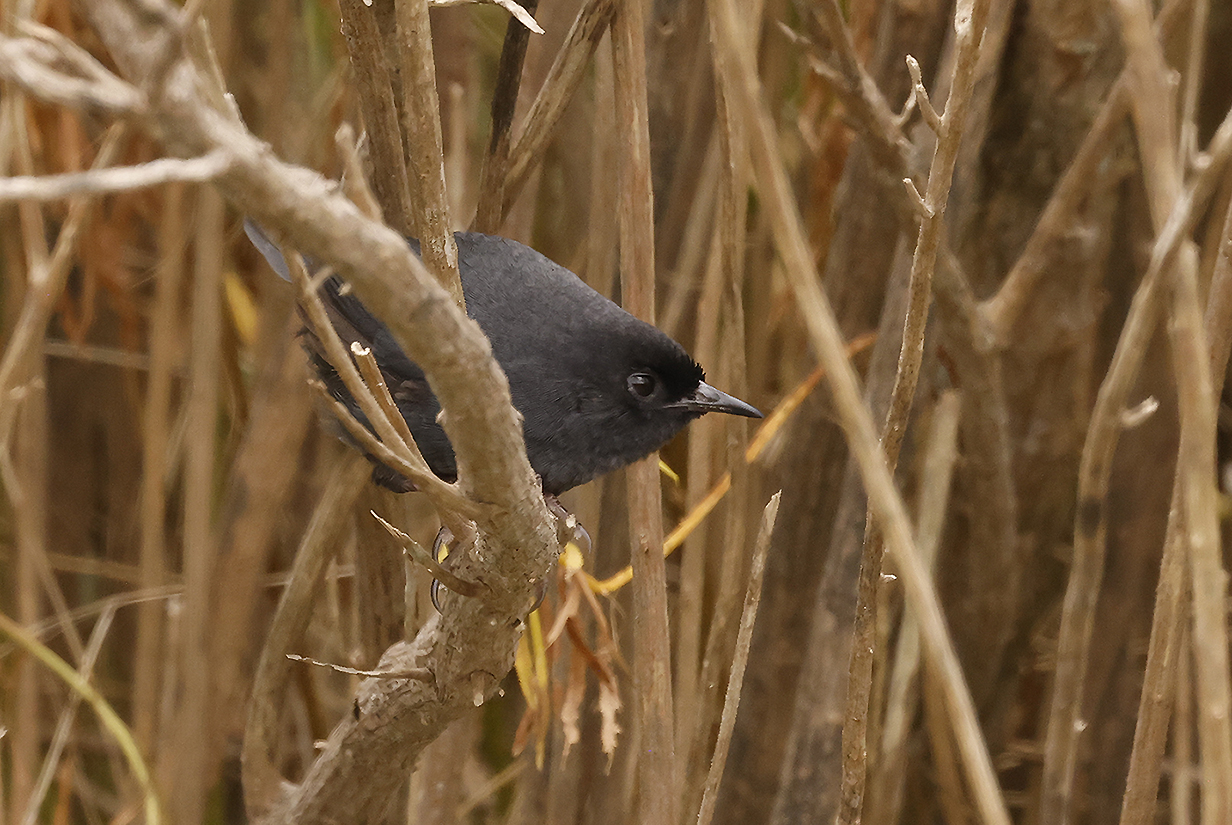
Dusky tapaculo (This is our life bird -- the ultimate classic tapaculo, like a mouse hiding deep in the reeds of the Maipo river estuary wetlands. It took more than an hour of patient work to get this several-second view.)
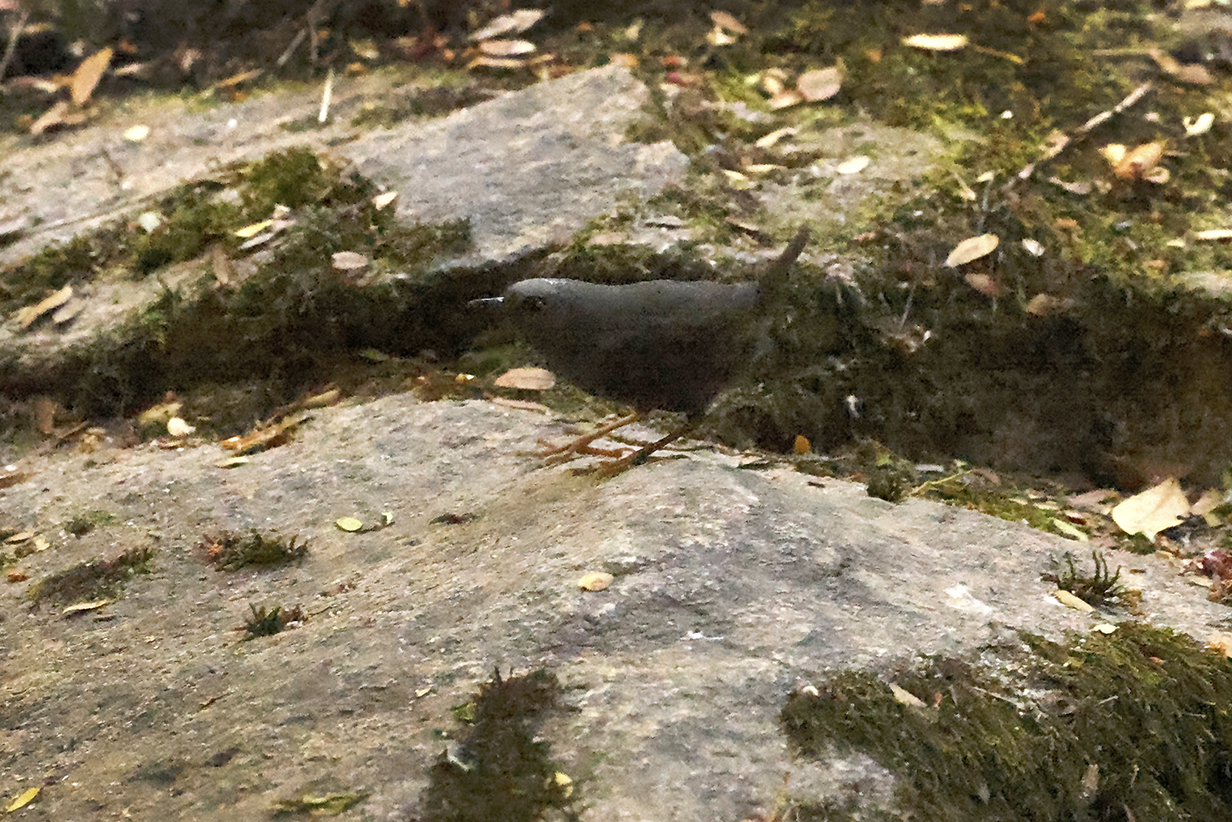
Magellanic tapaculo (Classic tapaculo: very difficult to see, because it is a skulker, and even harder to photograph, because it prefers dark and dense undergrowth. The exposure is 1/640 second at ISO 51,200, so the noise level is high. This bird has the white cap of the lowland form, seen here near Vilches.)
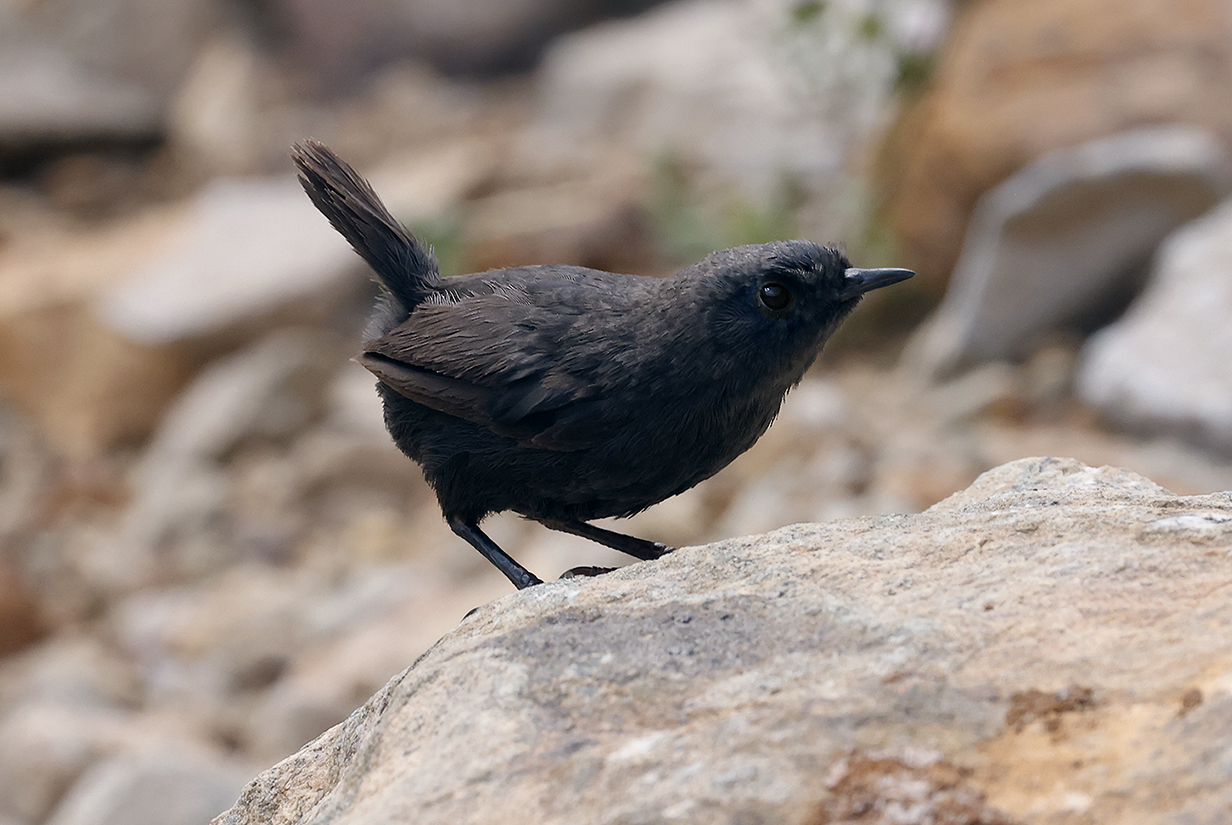
Magellanic tapaculo (This is John's life bird and the highland form, without the white cap. Note also the black legs, unlike the pinkish legs of the lowland form and unlike the incorrect drawing in the Jaramillo field guide to the Birds of Chile. The ranges of the lowland and highland forms are cleanly separated. This could be a good candidate for a taxonomic "split". The present bird was spectacularly cooperative by tapaculo standards, giving us several prolonged looks. This is in the Yeso valley highlands at nearly 3000 m ~ 10,000 feet altitude.)
End of the Tapaculos
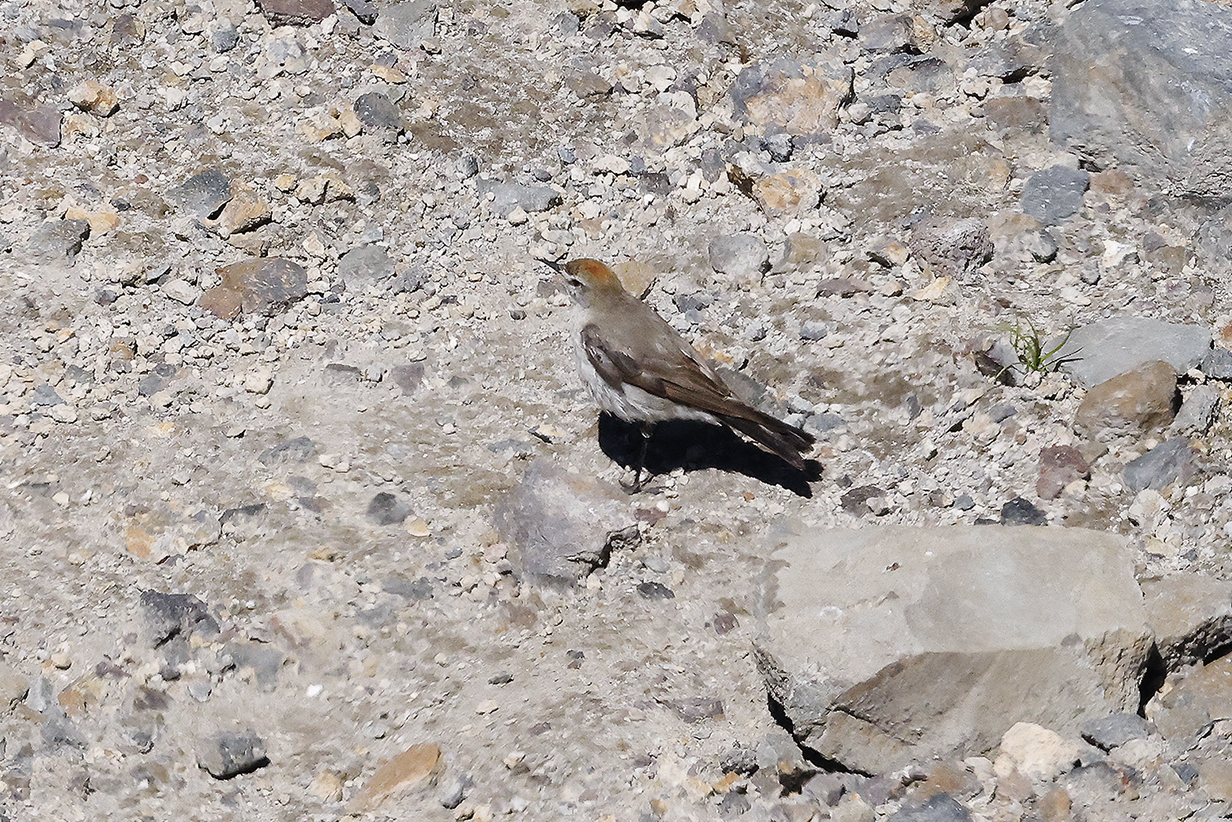
White-browed ground-tyrant (This is Mary's life bird; John saw this bird first in Bolivia. This one was at about 2160 m altitude in dry rocks by a stream. It is remarkable how many birds thrive in high-altitude, barren habitats ... and it is very rewarding for birders, because there is no vegetation in which the birds can hide.)
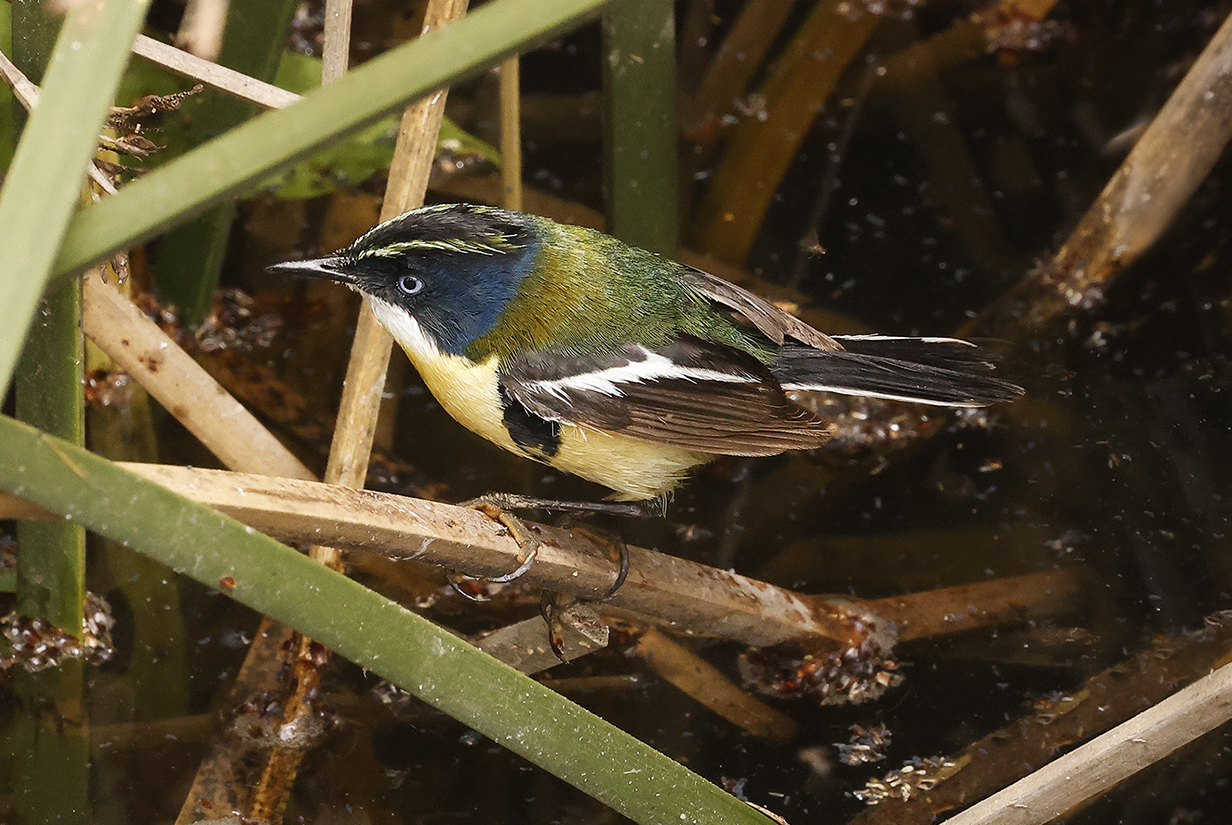
Many-colored rush-tyrant (This is one bird of a small flock of birds -- both adults and juveniles -- that were our life birds. They always moved VERY quickly and were hard to photograph. This is in the Maipo River estuary wetlands.
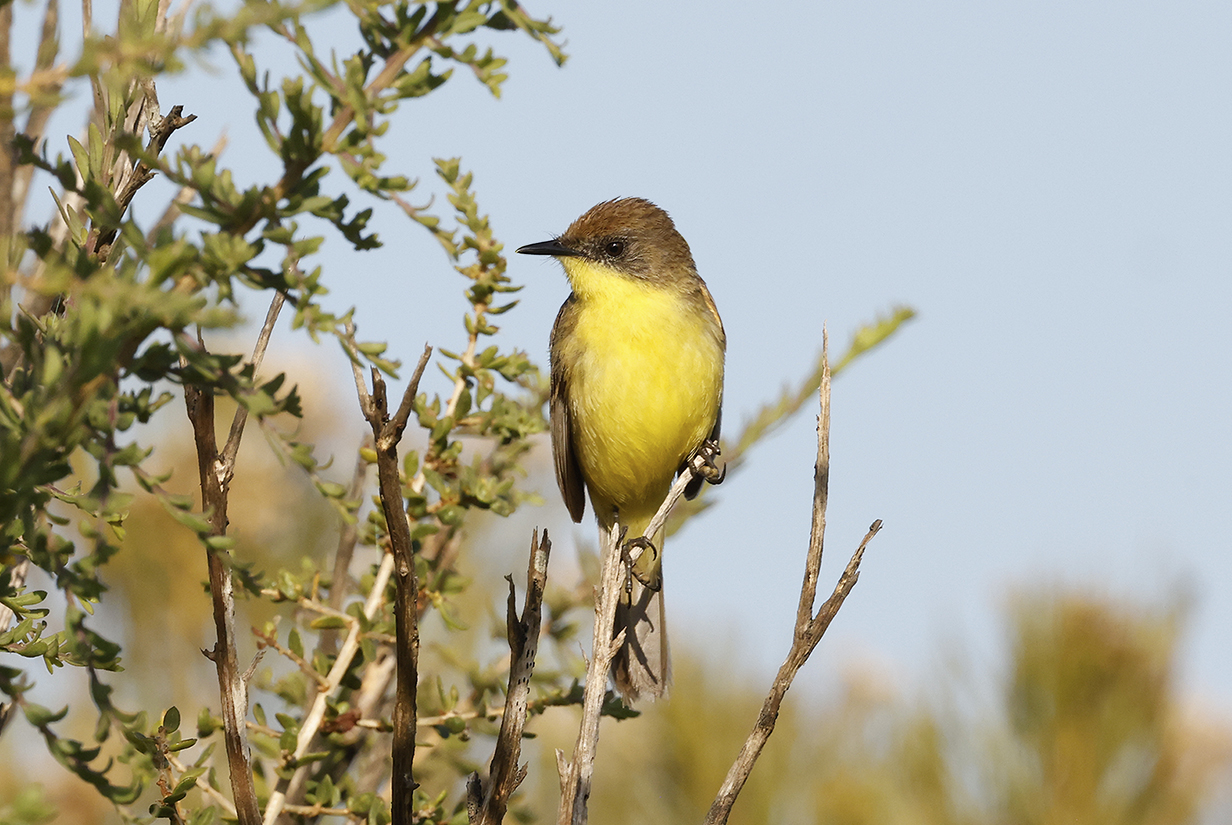
Ticking doradito (This is our life bird.)
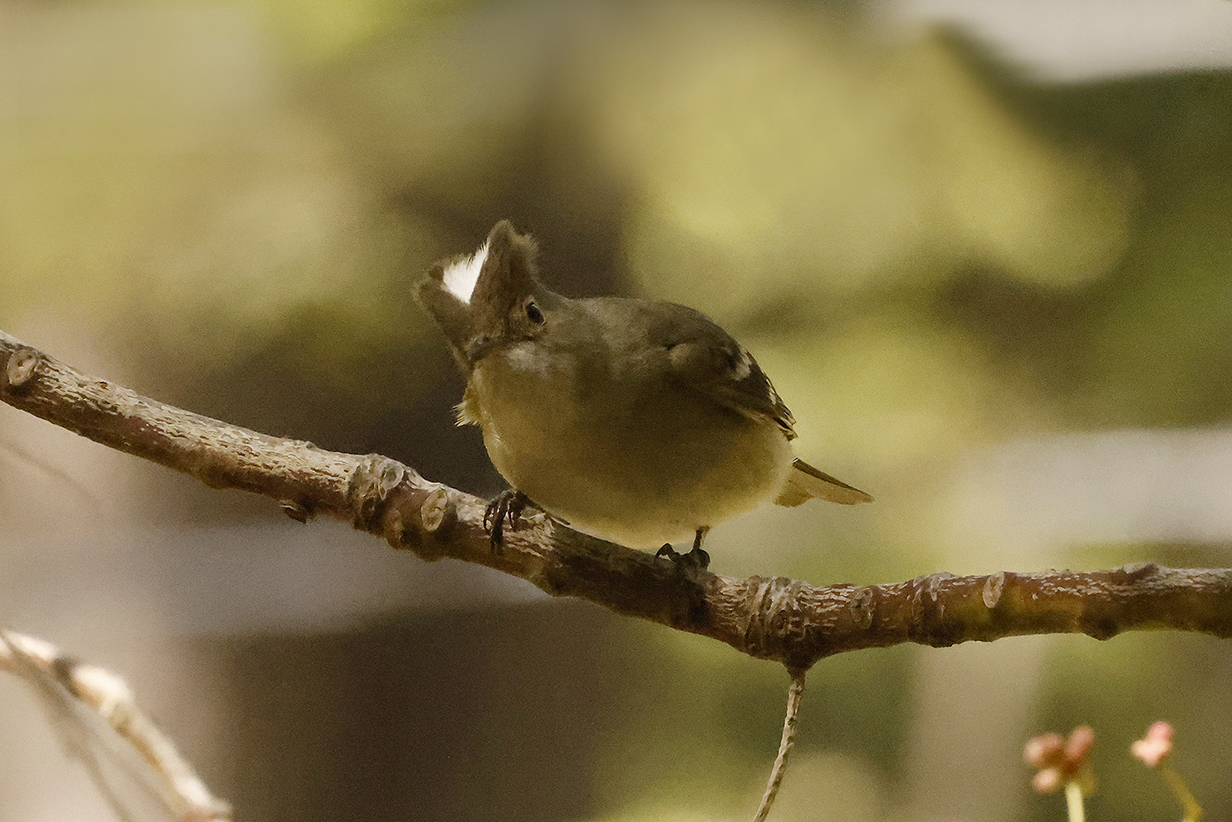
White-crested elaenia (ubiquitous and cute)
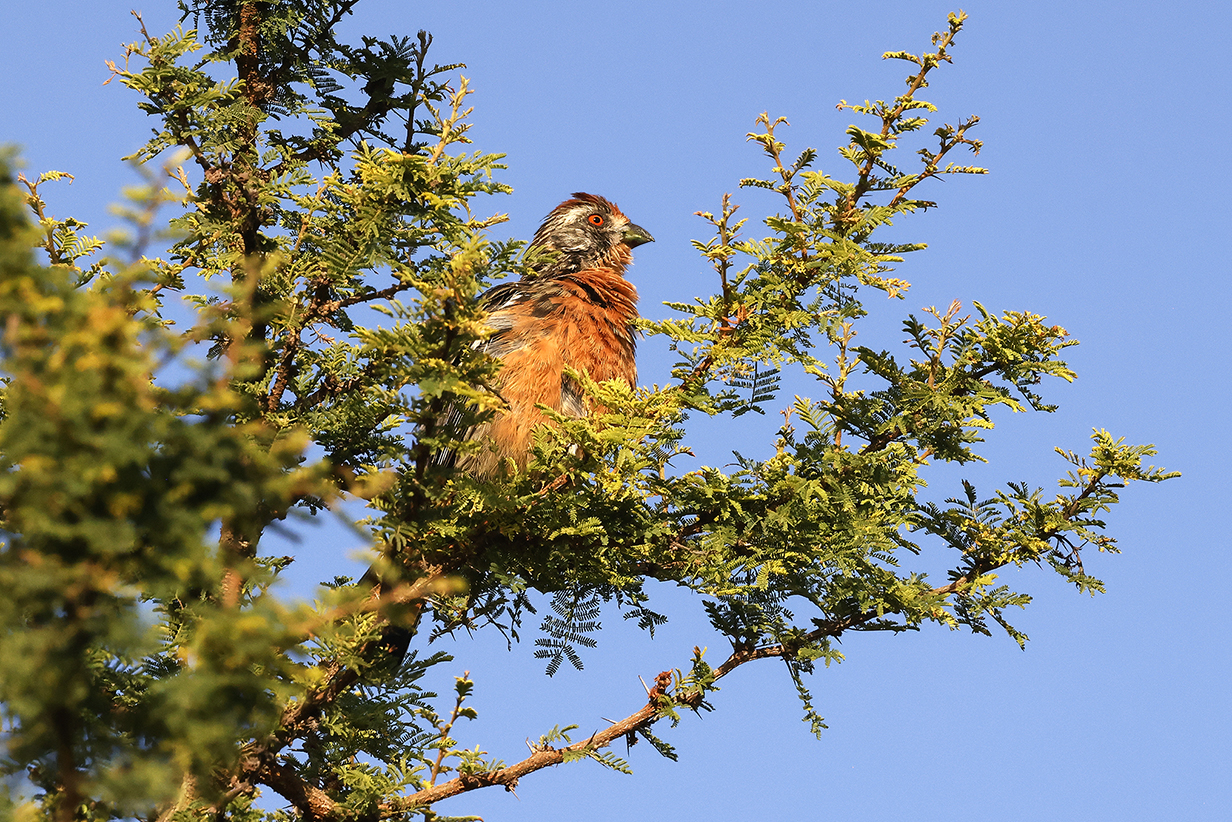
Rufous-tailed plantcutter (This male is John's life bird.)
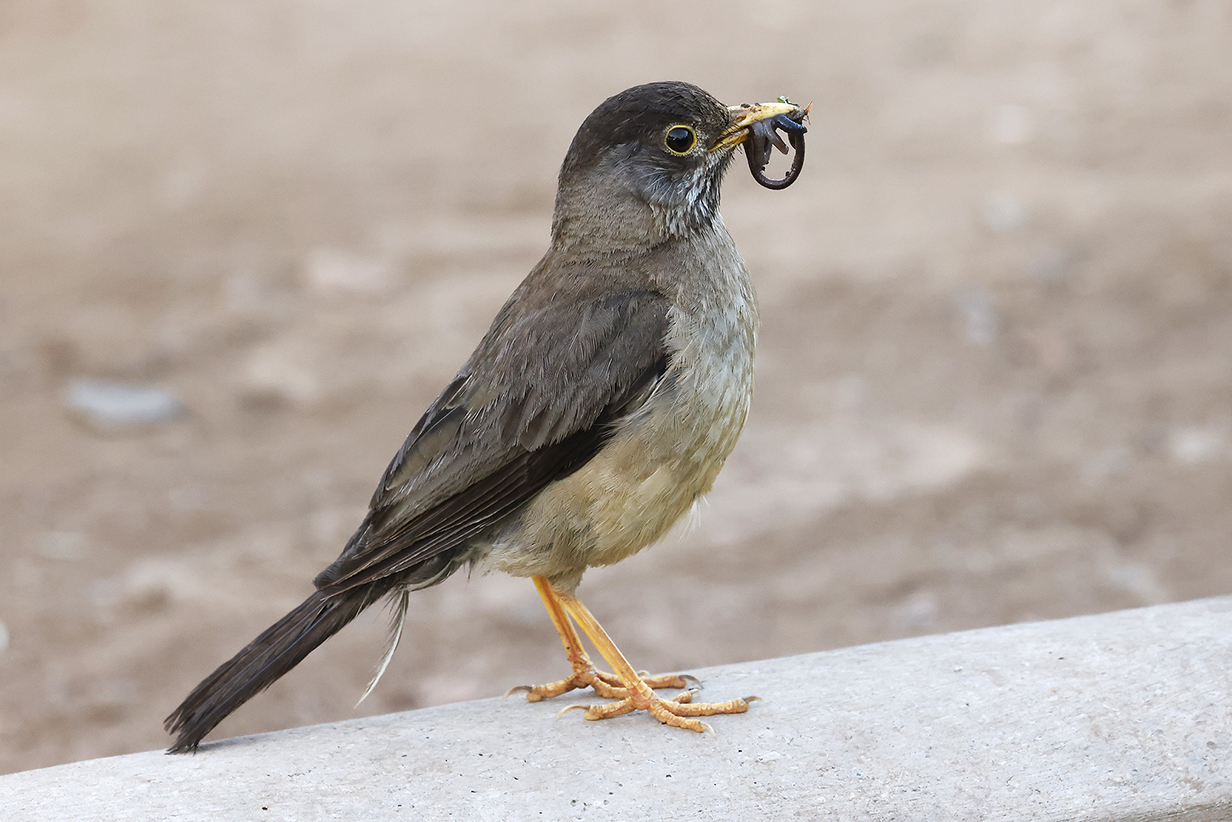
Austral thrush (Parque Vicentinario, Santiago)

Chilean mockingbird
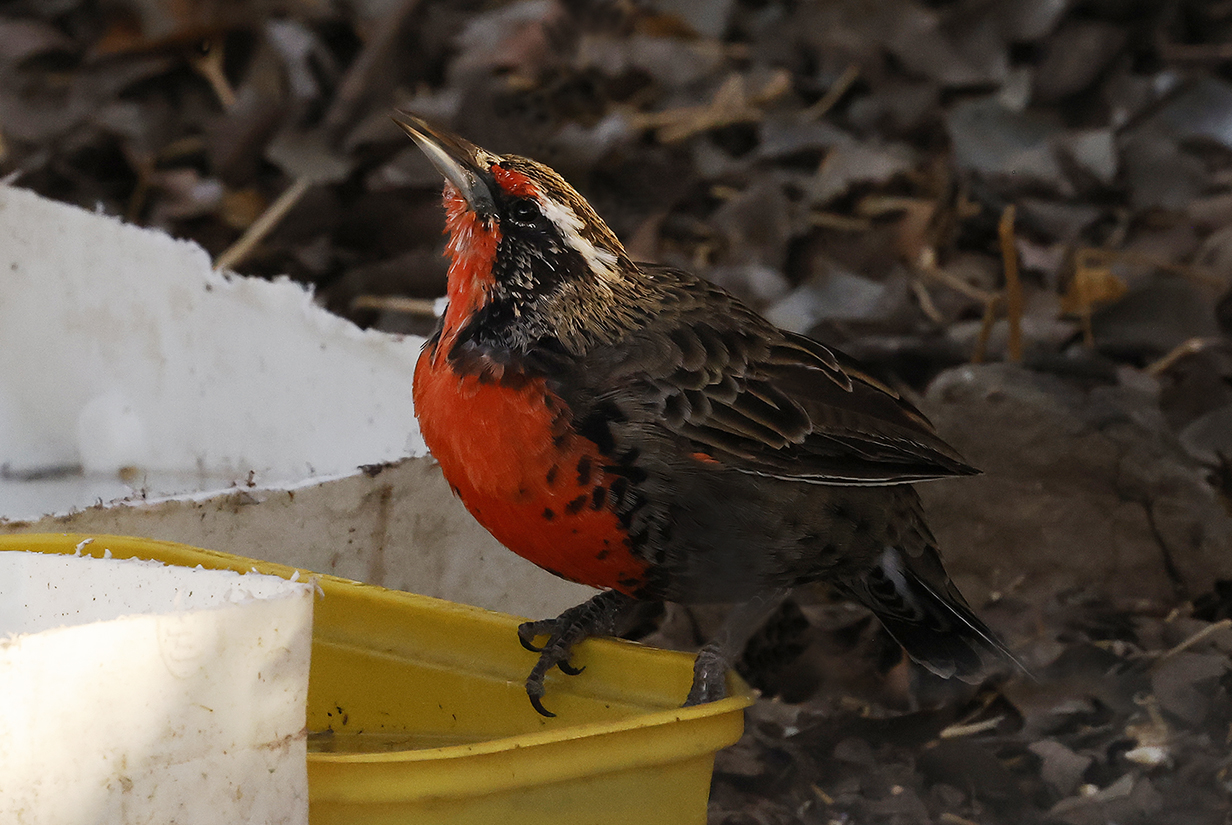
Long-tailed meadowlark (In the dry Cuista Charavuco hills
north of Santiago, water is a magnet that brings in many birds, including --
above -- Chilean tinamou.)
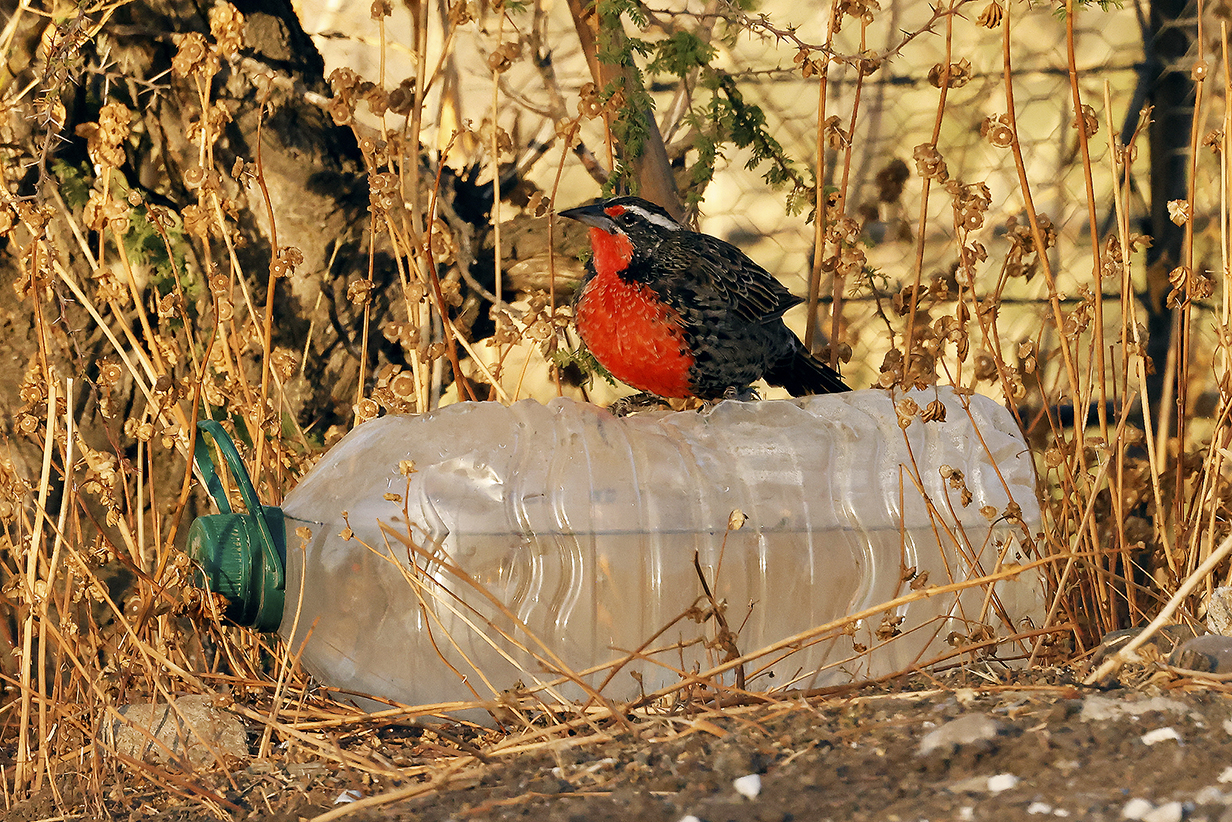
Long-tailed meadowlark again (In a drought, water rules.)
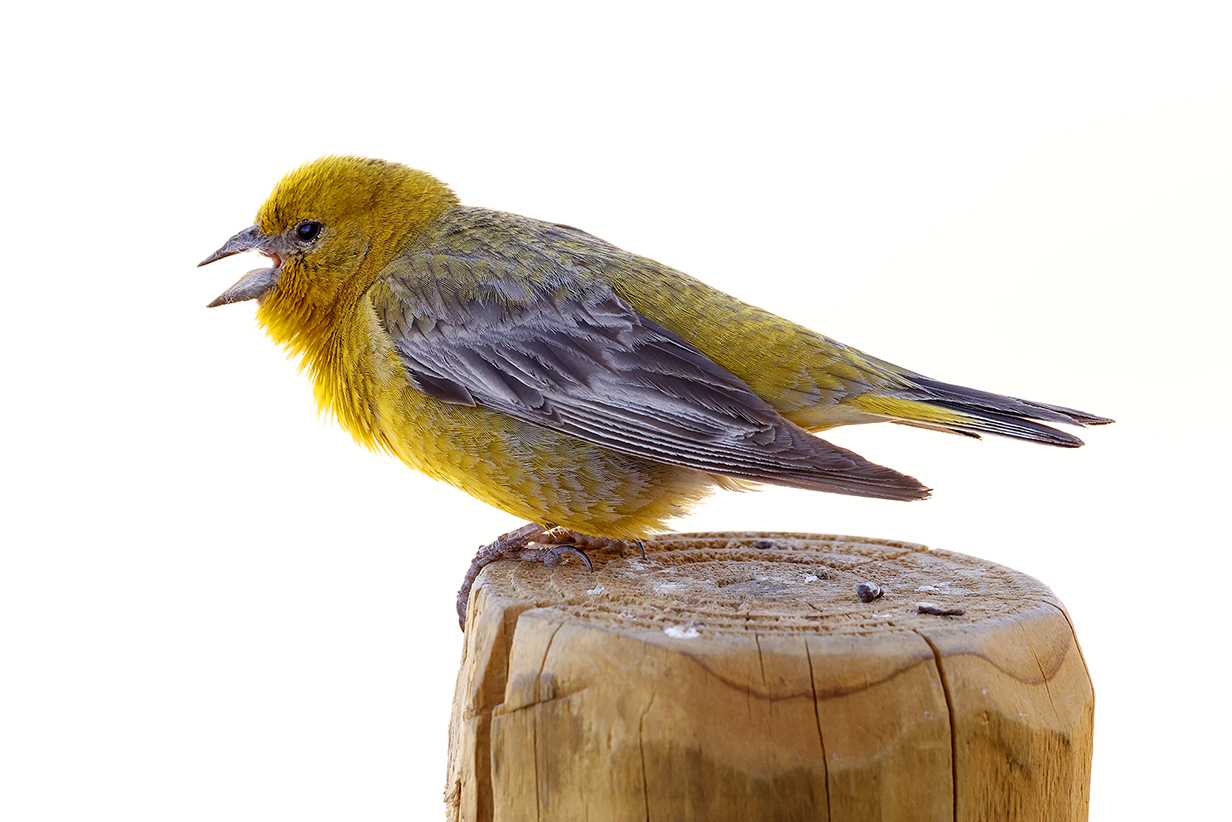
Greater yellow-finch (New earlier in the trip, this one was seen at Valle Nevado ski resort.)

Common diuca-finch (new earlier in this trip)
Our bird pictures from around the world follow standard ecozones approximately but not exactly:
Birds from the USA and Canada: our house, Hornsby Bend and greater Austin, Texas, California, Hawaii, Canada,
Neotropic birds from Central America and the Caribbean: Honduras, Costa Rica, Panama, Trinidad and Tobago
Neotropic birds from South America: Ecuador, Ecuador 2017, Brazil.
Western palearctic birds: Europe: Germany, Finland, Norway, Europe: United Kingdom, Europe: Spain, the Canary Islands, Europe: Lesbos, Greece, Israel
Eastern palearctic birds: China
Birds from Africa: The Gambia, South Africa
Indo-Malayan birds from India: North-west (Delhi, Uttar Pradesh, Uttarakhand) India: North-east (Assam, Arunachal Pradesh, Meghalaya) India: Central (Maharashtra, Madhya Pradesh)
Birds from Australia, New Zealand.
For our 2014 December trip to India, see this travelog.
For our 2016 May-June trip to India, see this travelog.
For our 2017 April trip to High Island, Texas, see this web site.
For our 2018 March trip to India, see this travelog.
For our 2018 May trip to China, see this travelog.
For our 2018 November trip to China, see this travelog.
For our 2019 April trip to High Island, Texas, see this web site.
For our 2019 July trip to China, see this travelog.
For our 2021 April trip to High Island, Texas, see this web site.
For the 2021 August 3 & 4 migration of Purple martins through Austin, see this web site.
For our 2021 December trip to Ecuador, see this web site.
For our 2022 January-February trip to Peru, see this web site.
For our 2022 July/August trip to Australia and Papua New Guinea, see this web site.
For our 2022 September trip to Bolivia, see this web site.
For our 2022 November-December pre-trip to Argentina (before our Antarctic cruise), see this web site.
For our 2022 November-December cruise to Antarctica, see this web site.
For our 2023 January birding in Chile, see this web site.
For our 2023 January-March cruise from Chile to Antarctica and around South America to Miami, FL, see this web site.
For our 2023 March-April birding in south Florida (after the Seabourn cruise), see this web site.
For our 2023 November-December birding to Sri Lanka, the Andaman Islands, and South India, see this web site.
For John's 2024 February-March birding in Colombia, see this web site.
For our 2024 May-June cruise from Iceland to Jan Mayen Island to and around the Svalbard Archipelago, see this web site.
For our 2024 June 25-30 stay in Paris, see this web site.
For our 2025 April 21 - May 3 trip to High Island, Texas, see this web site.